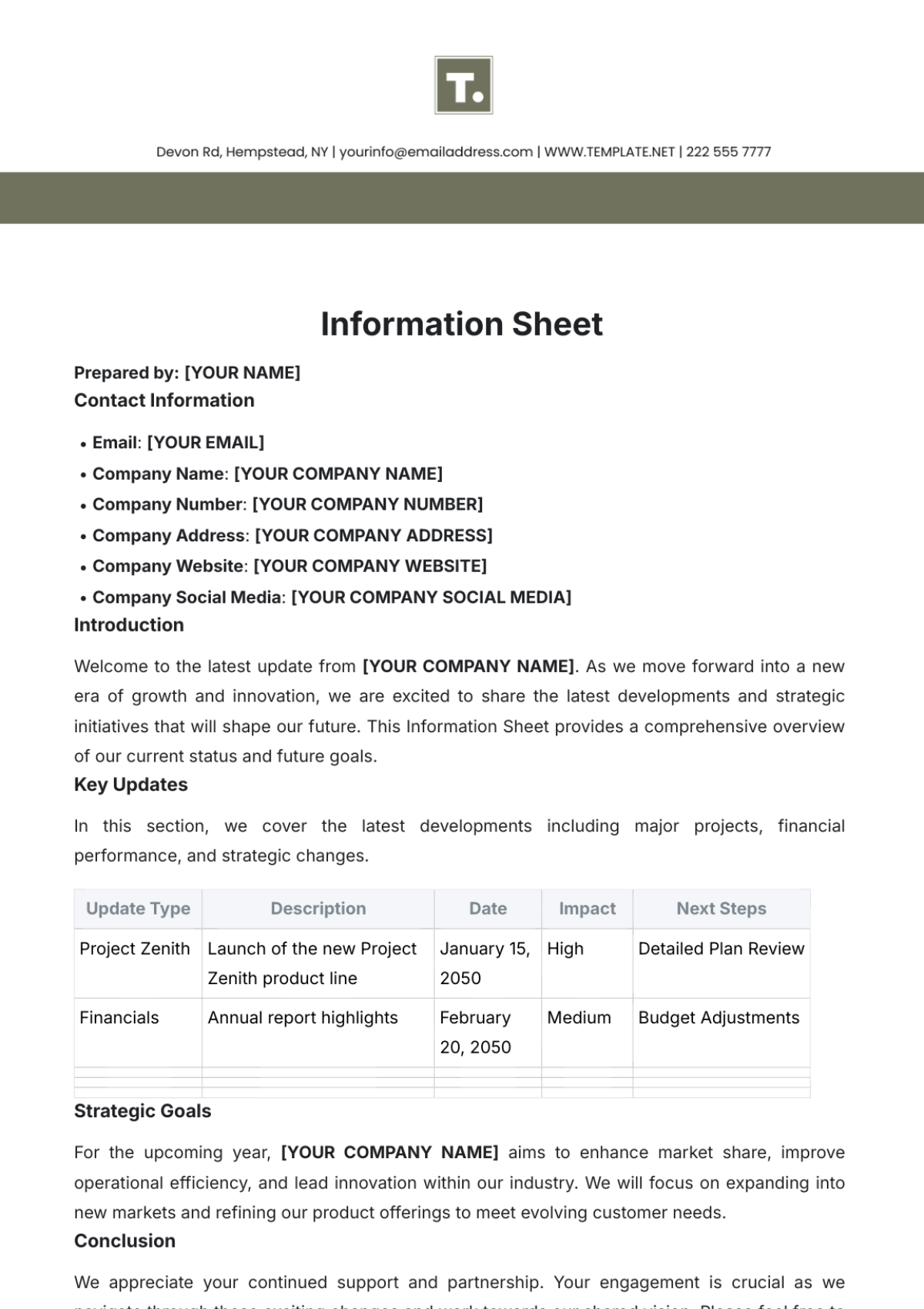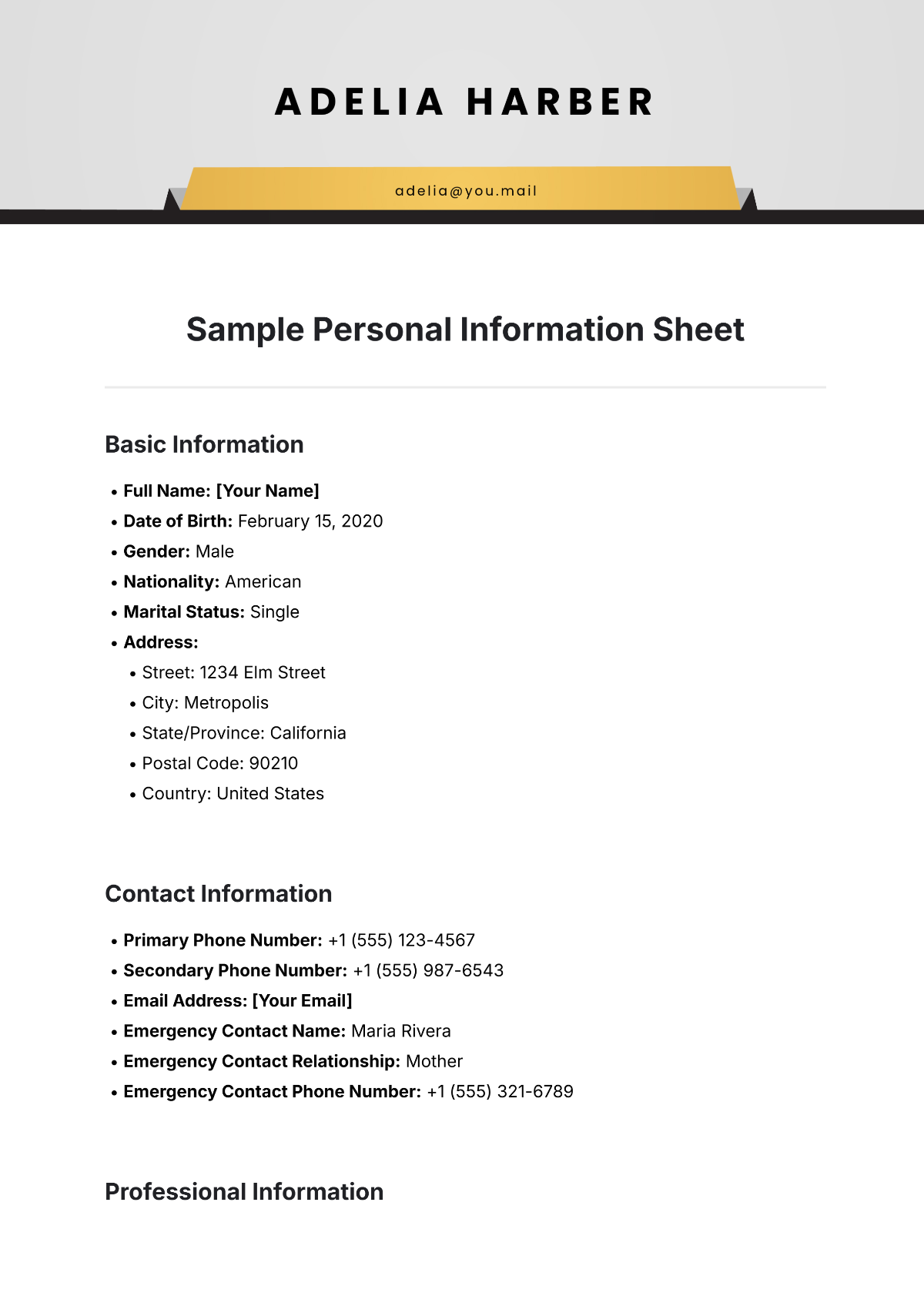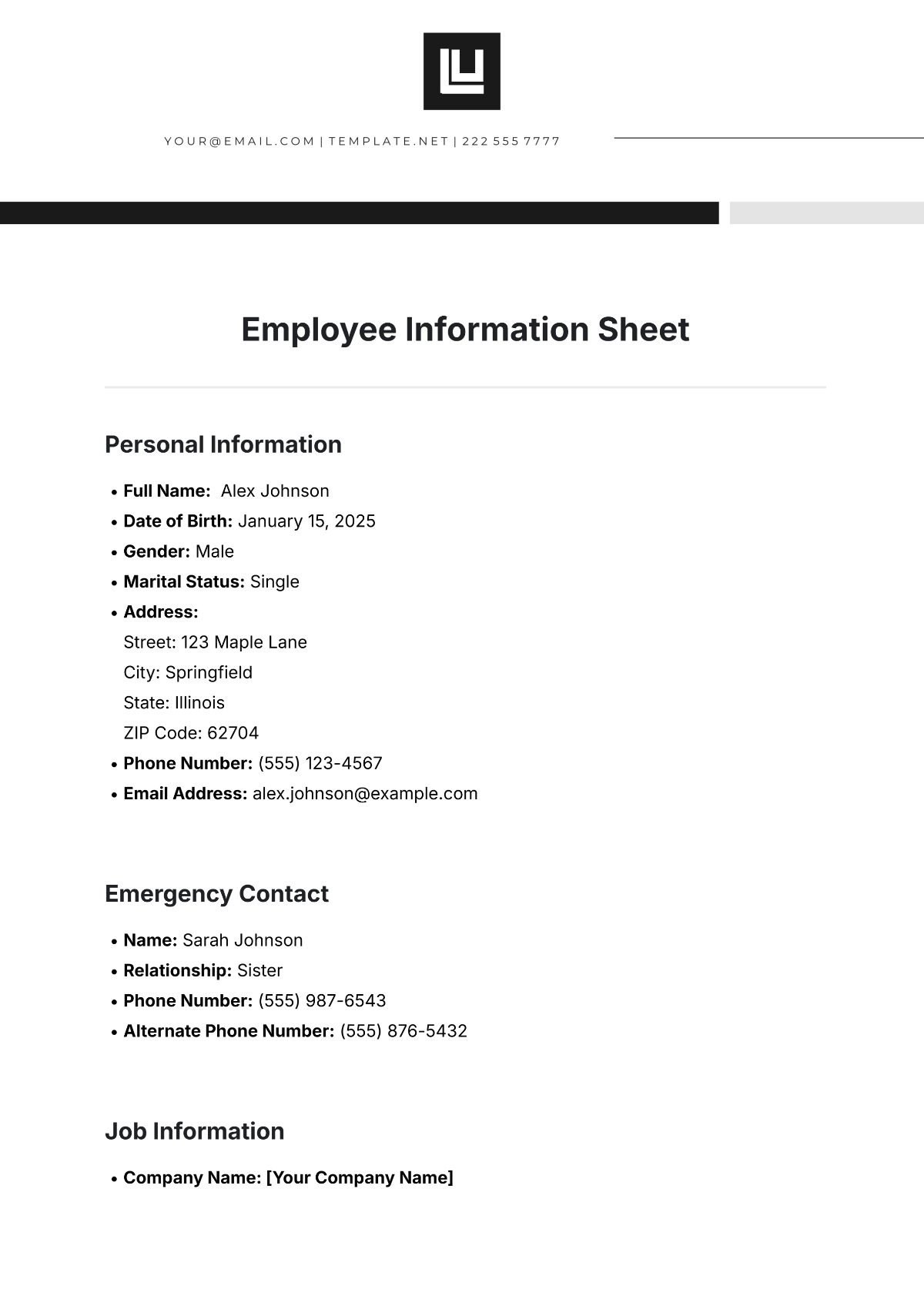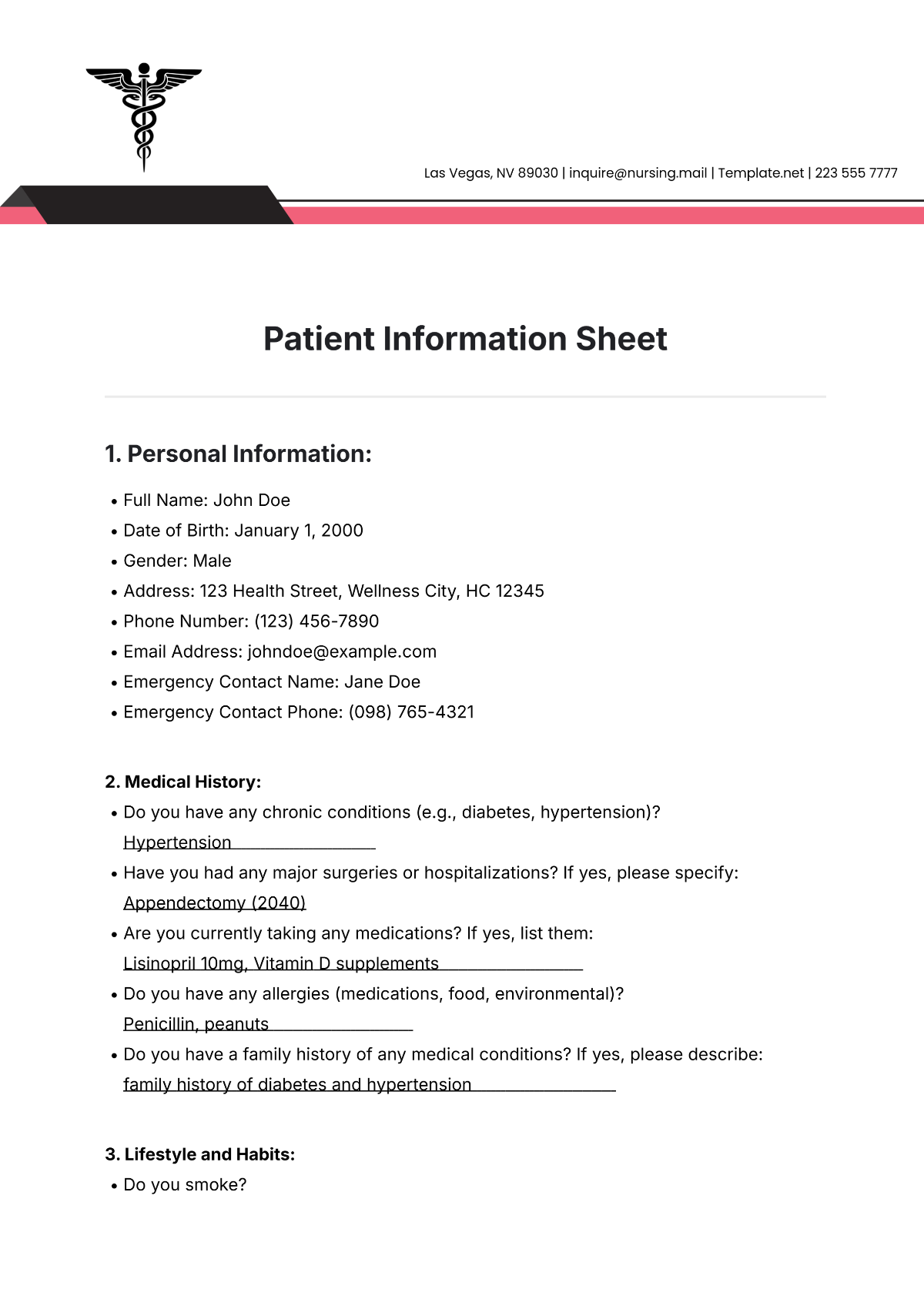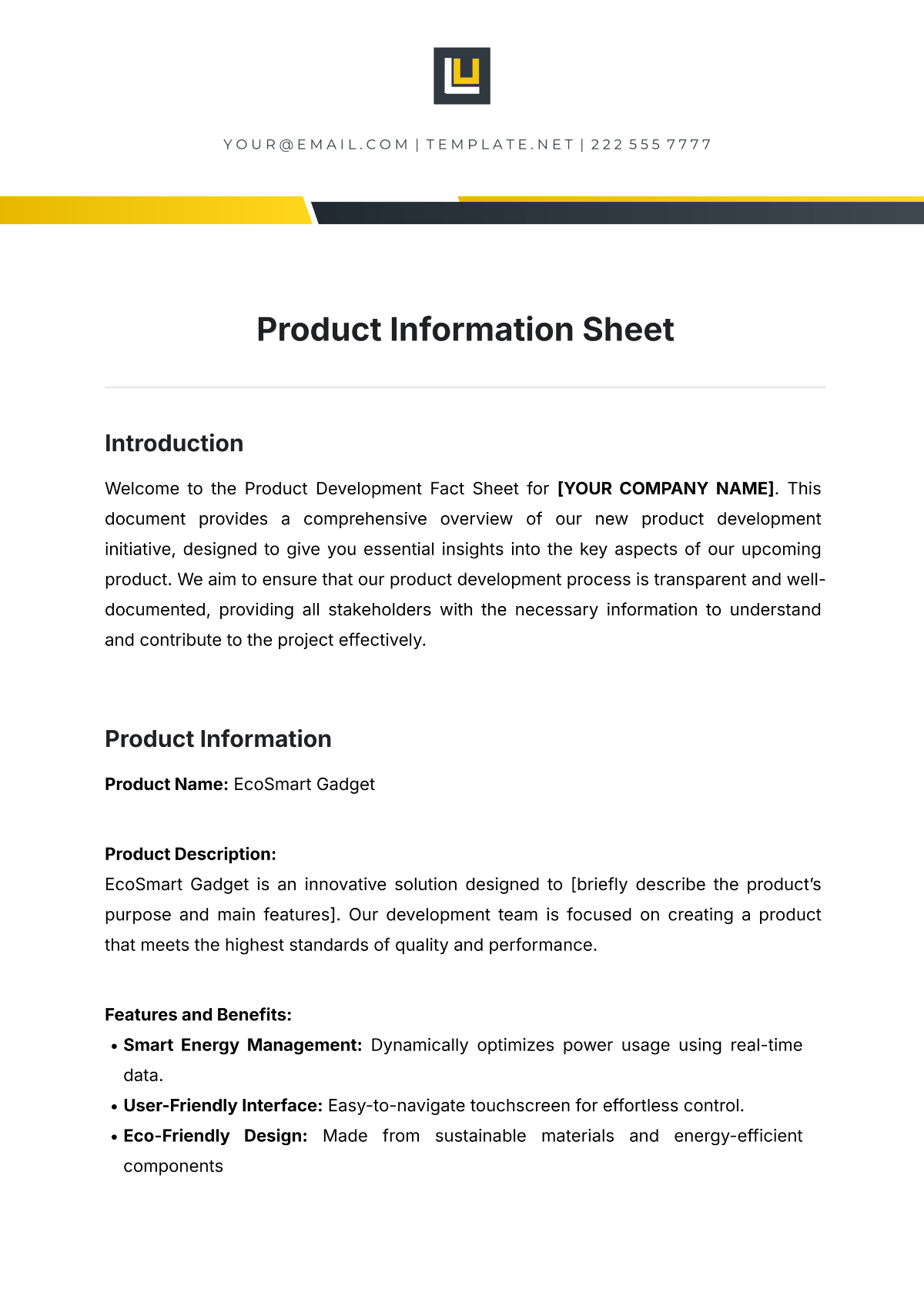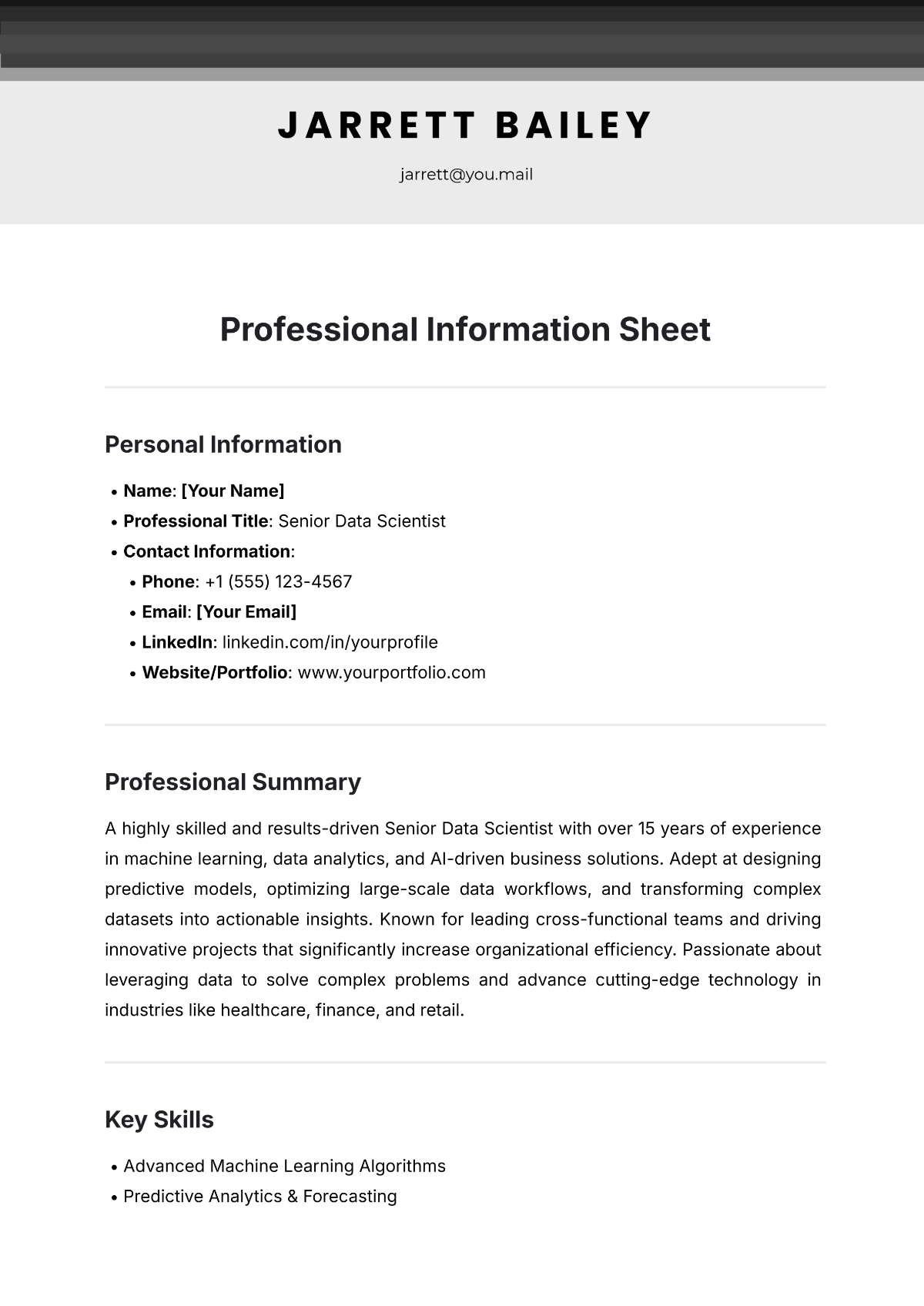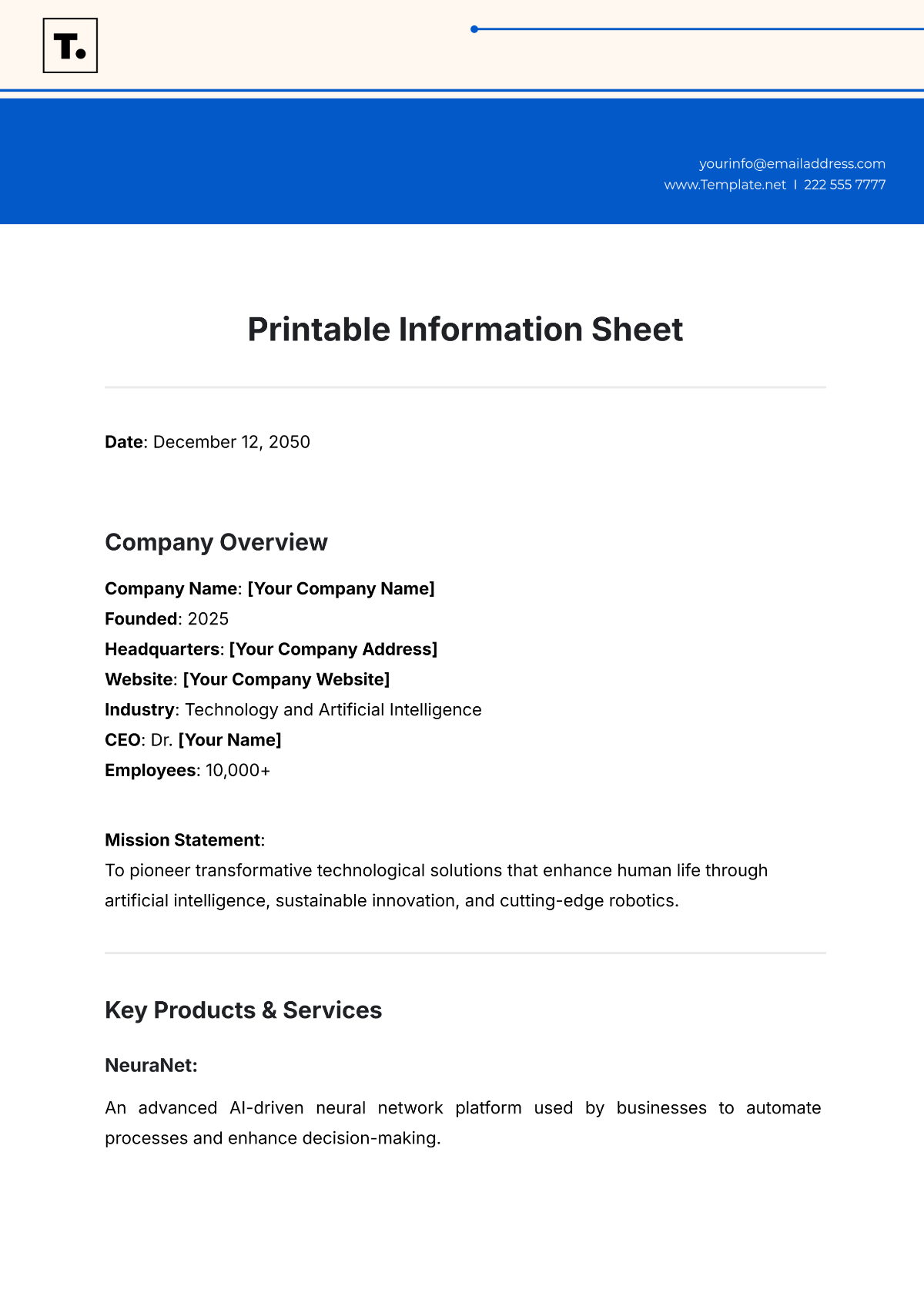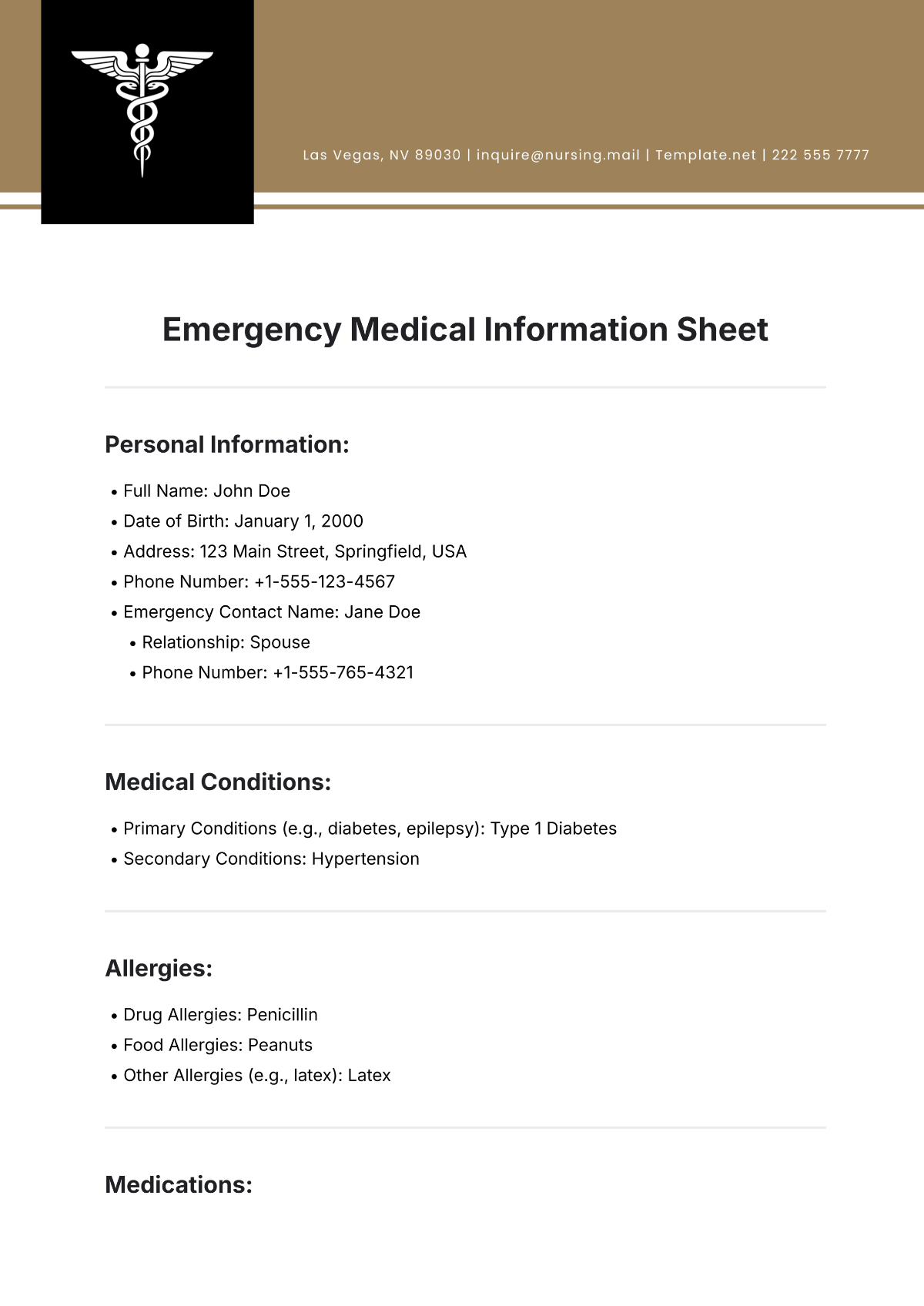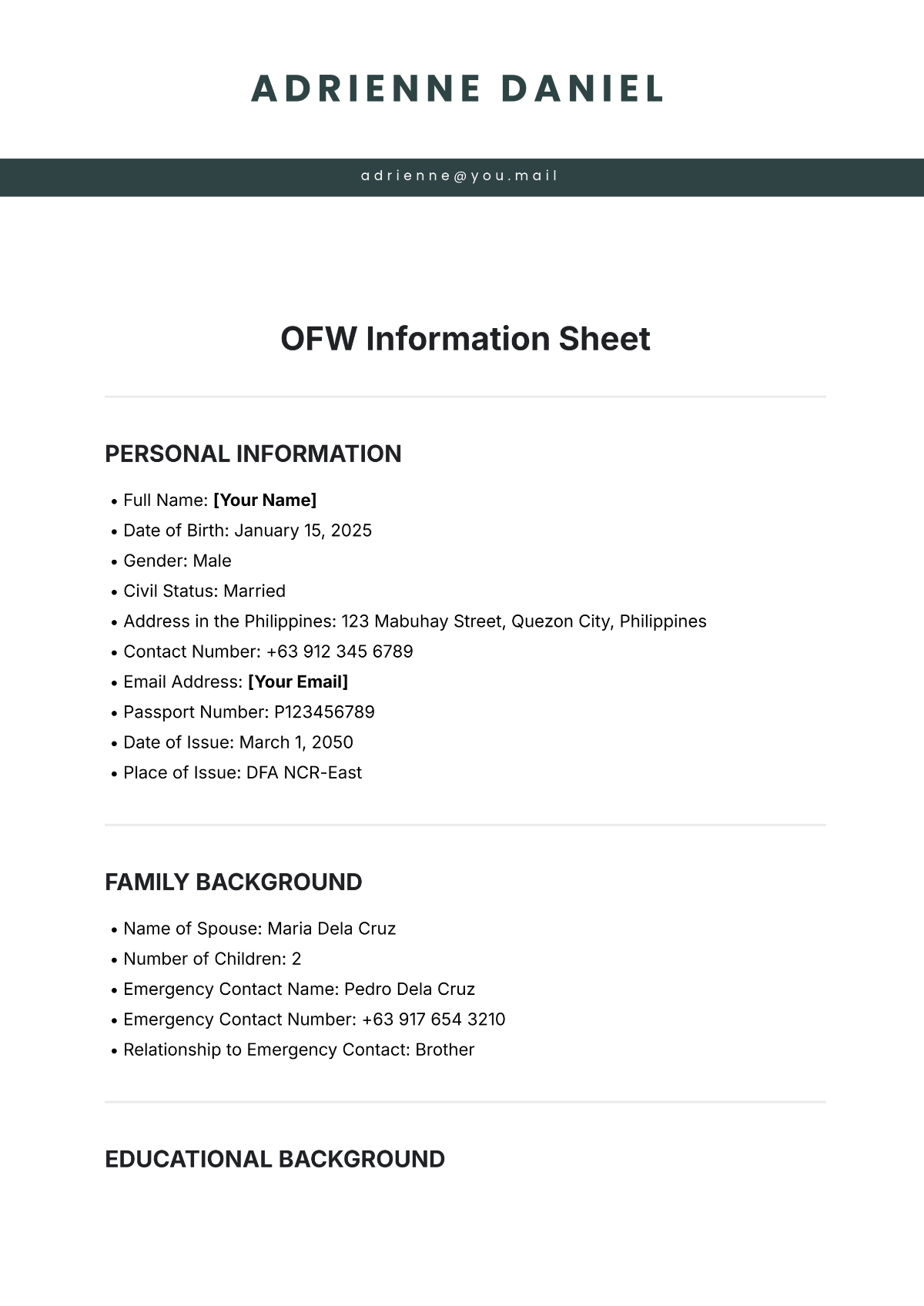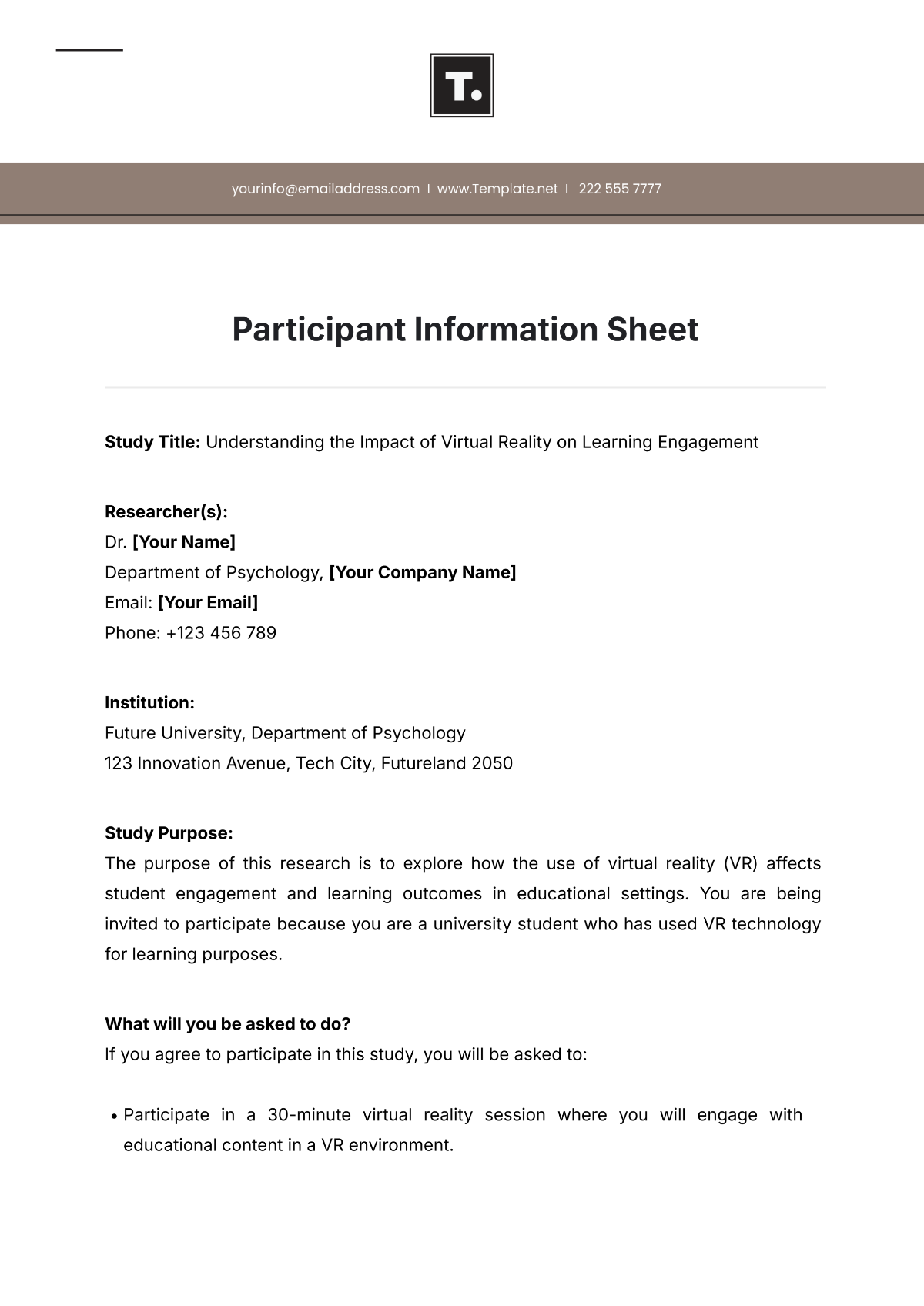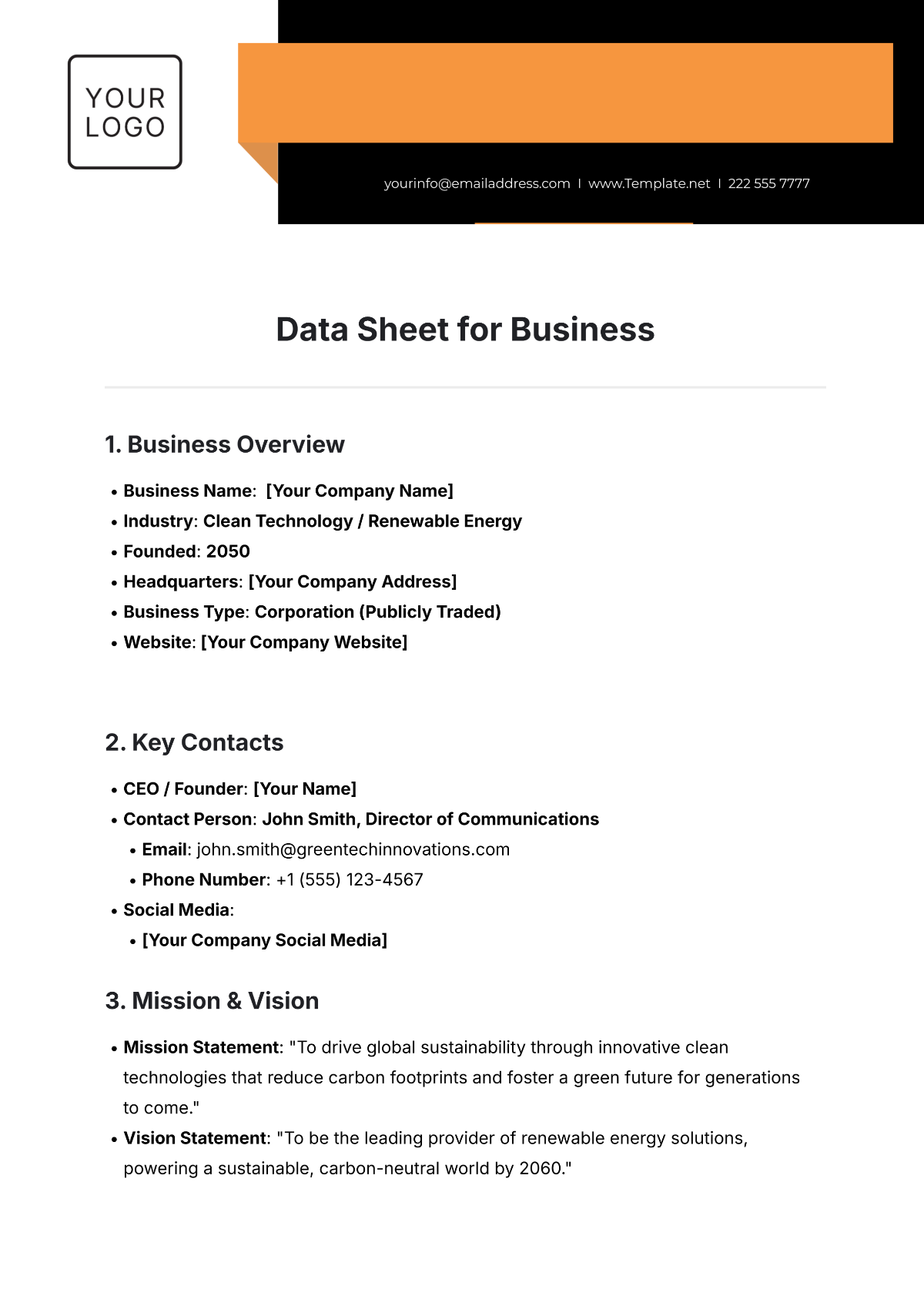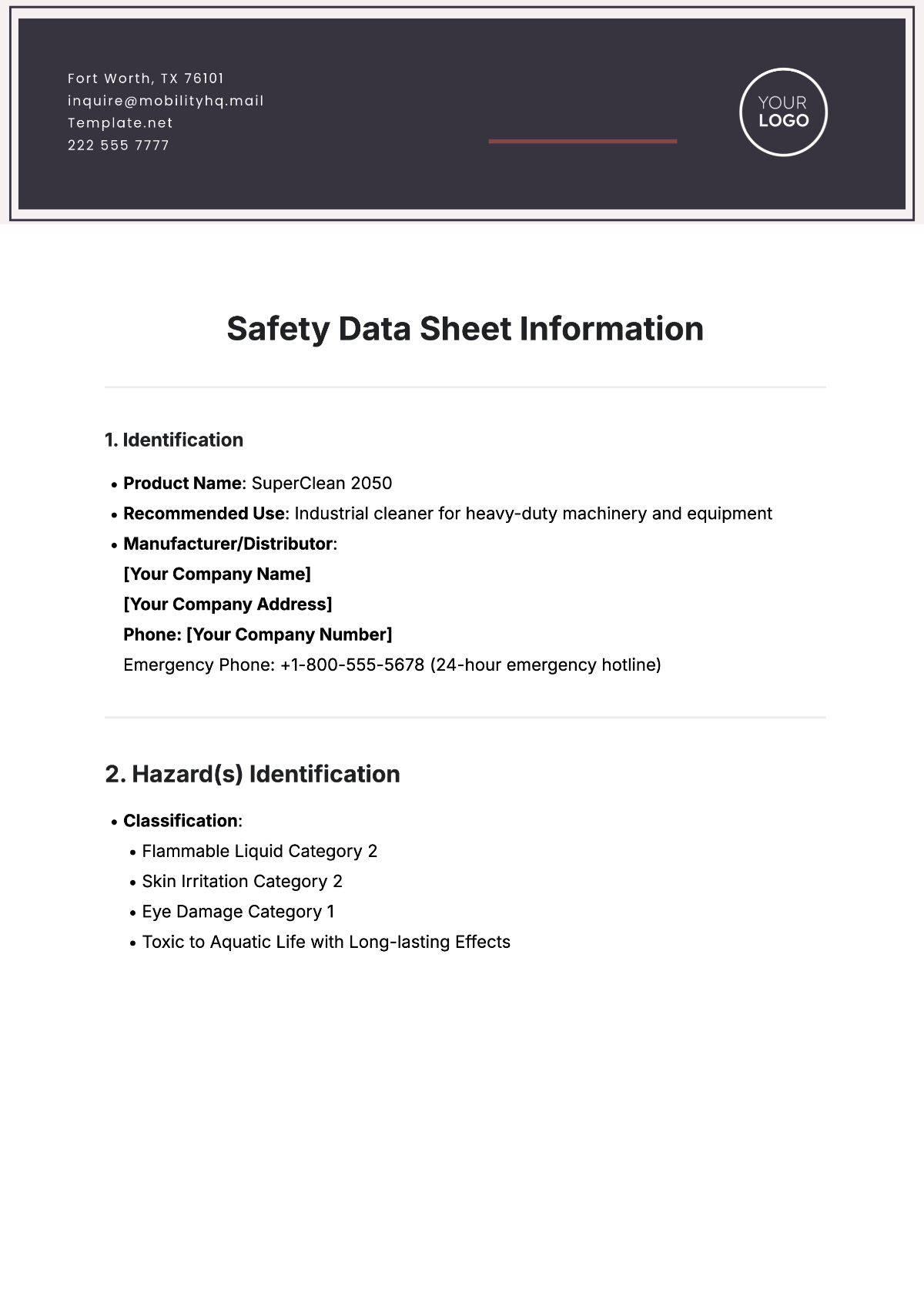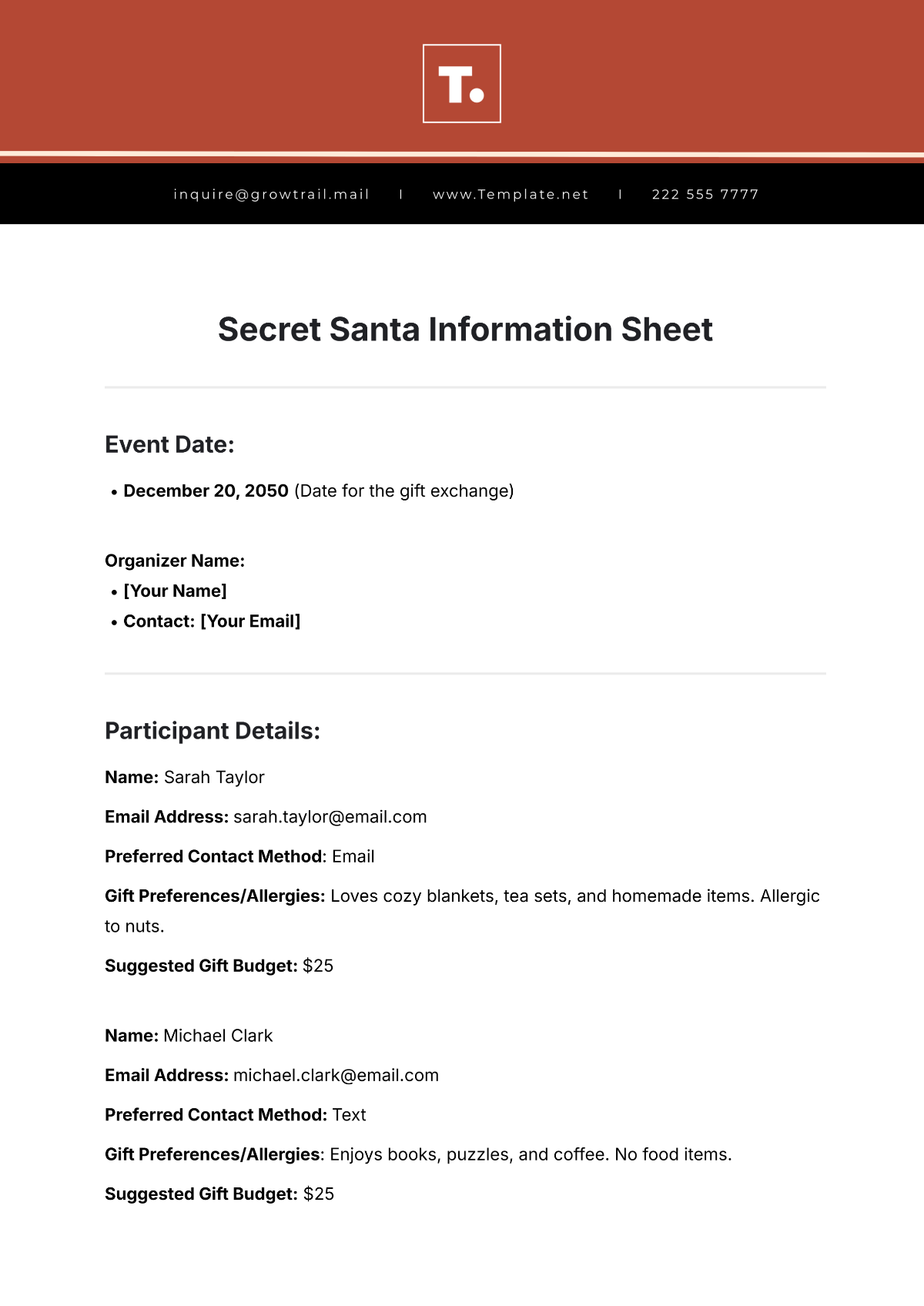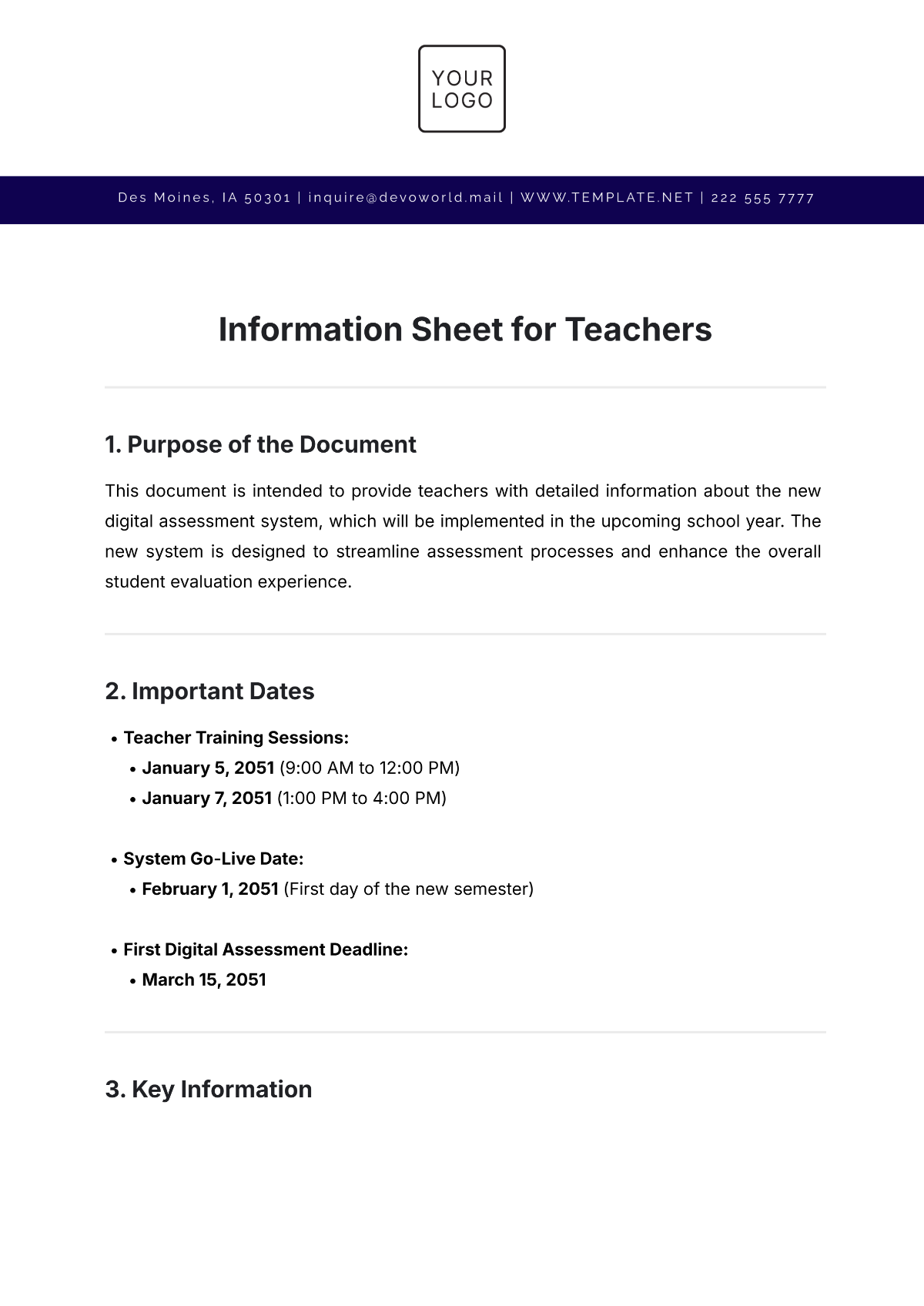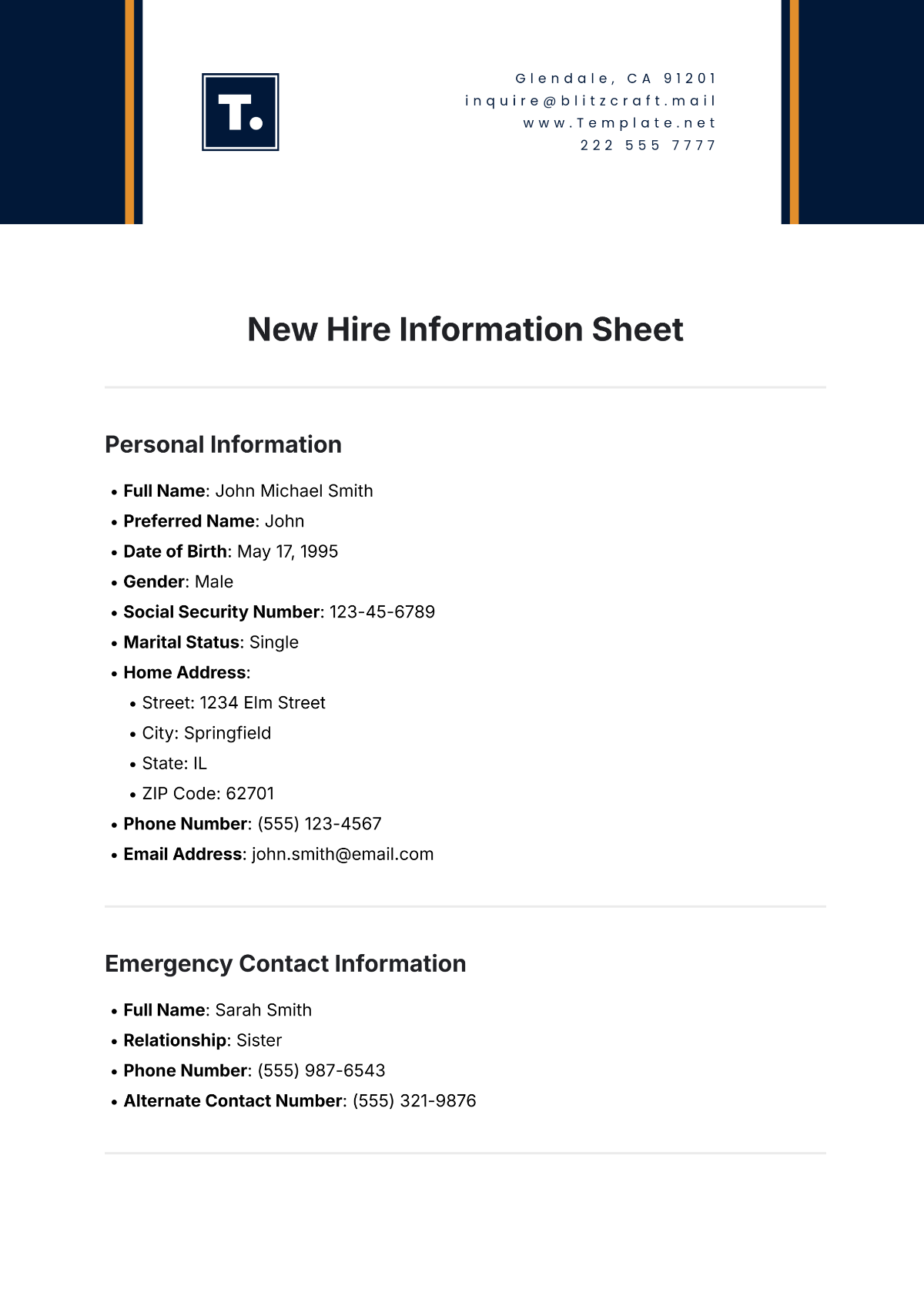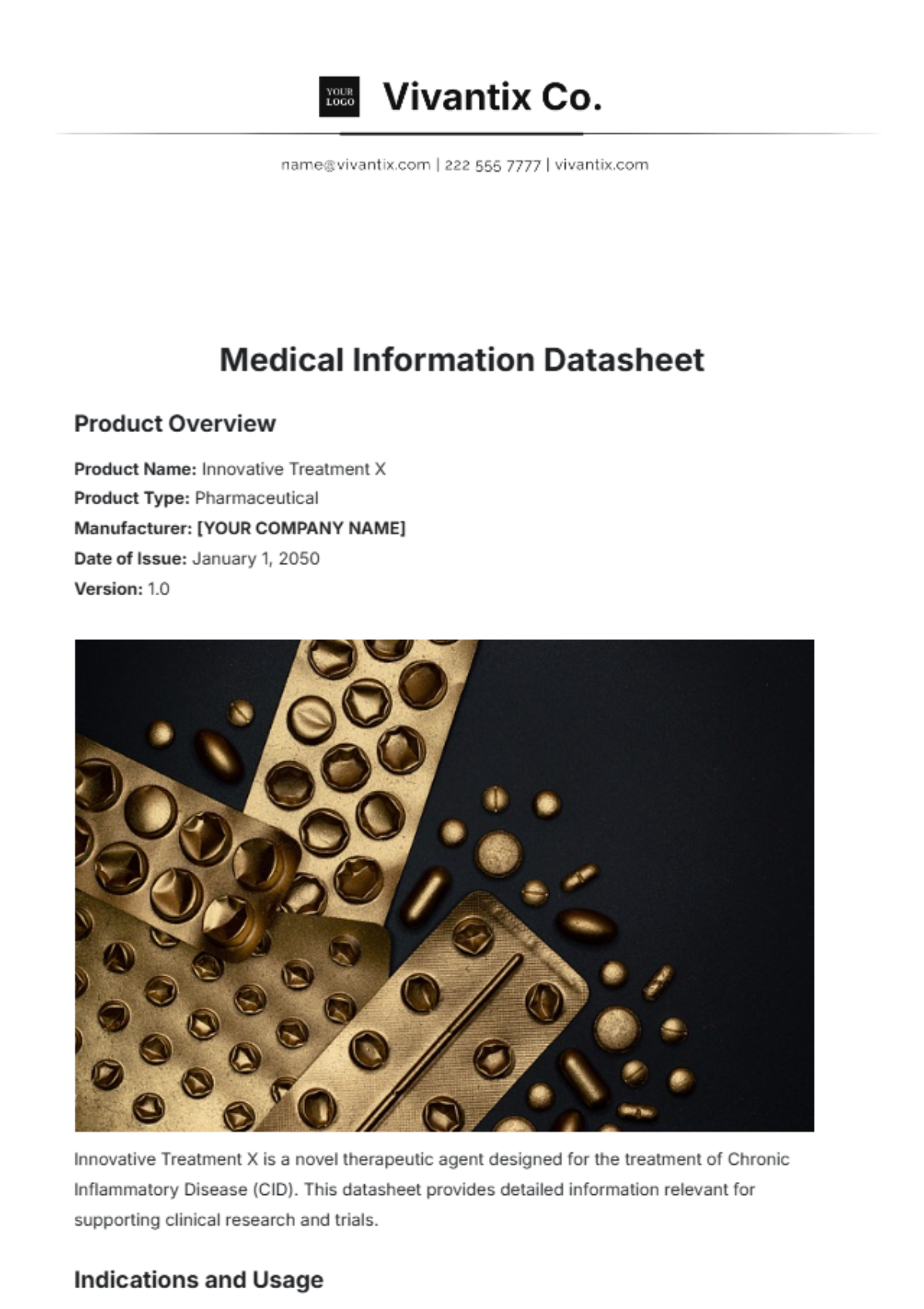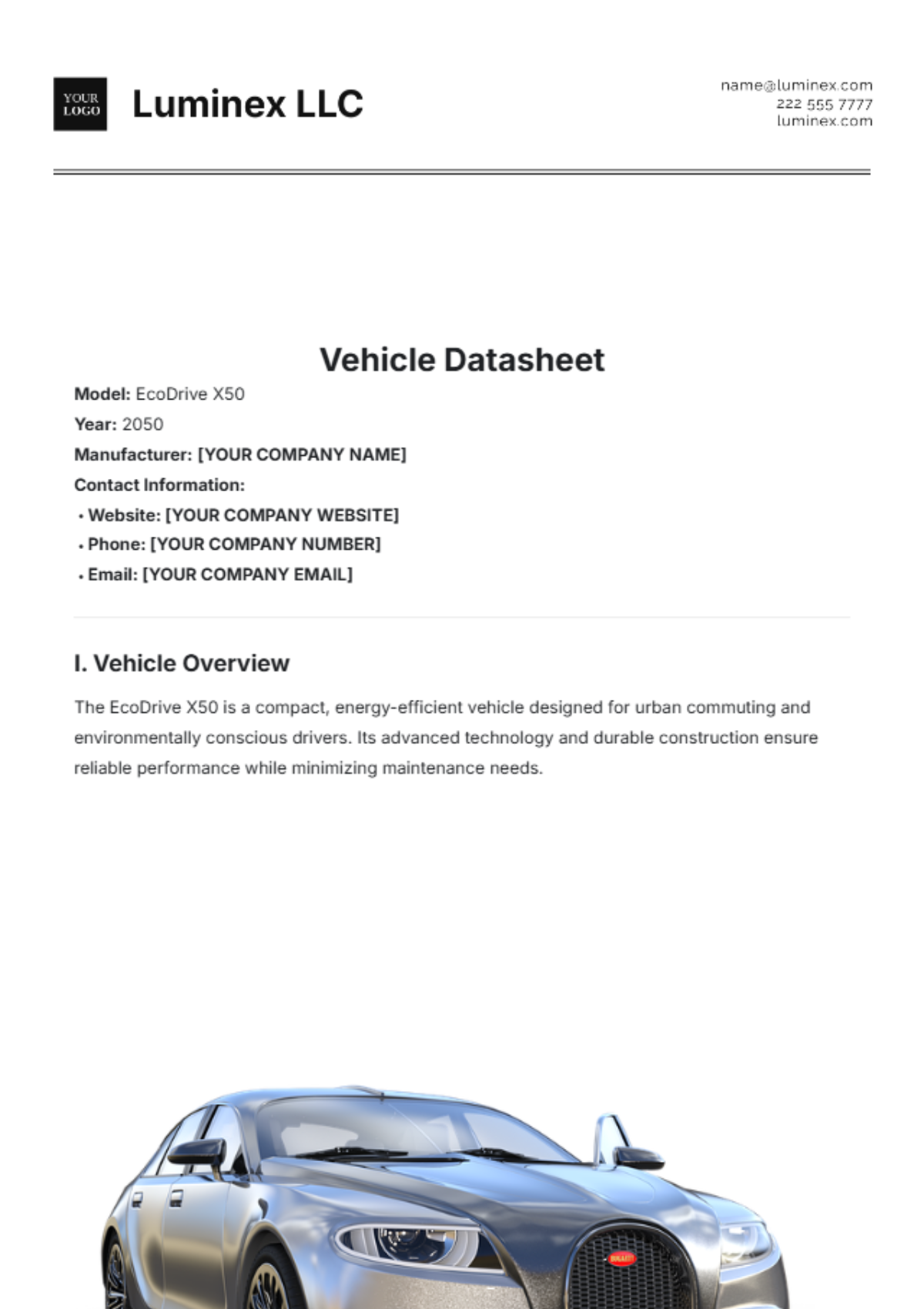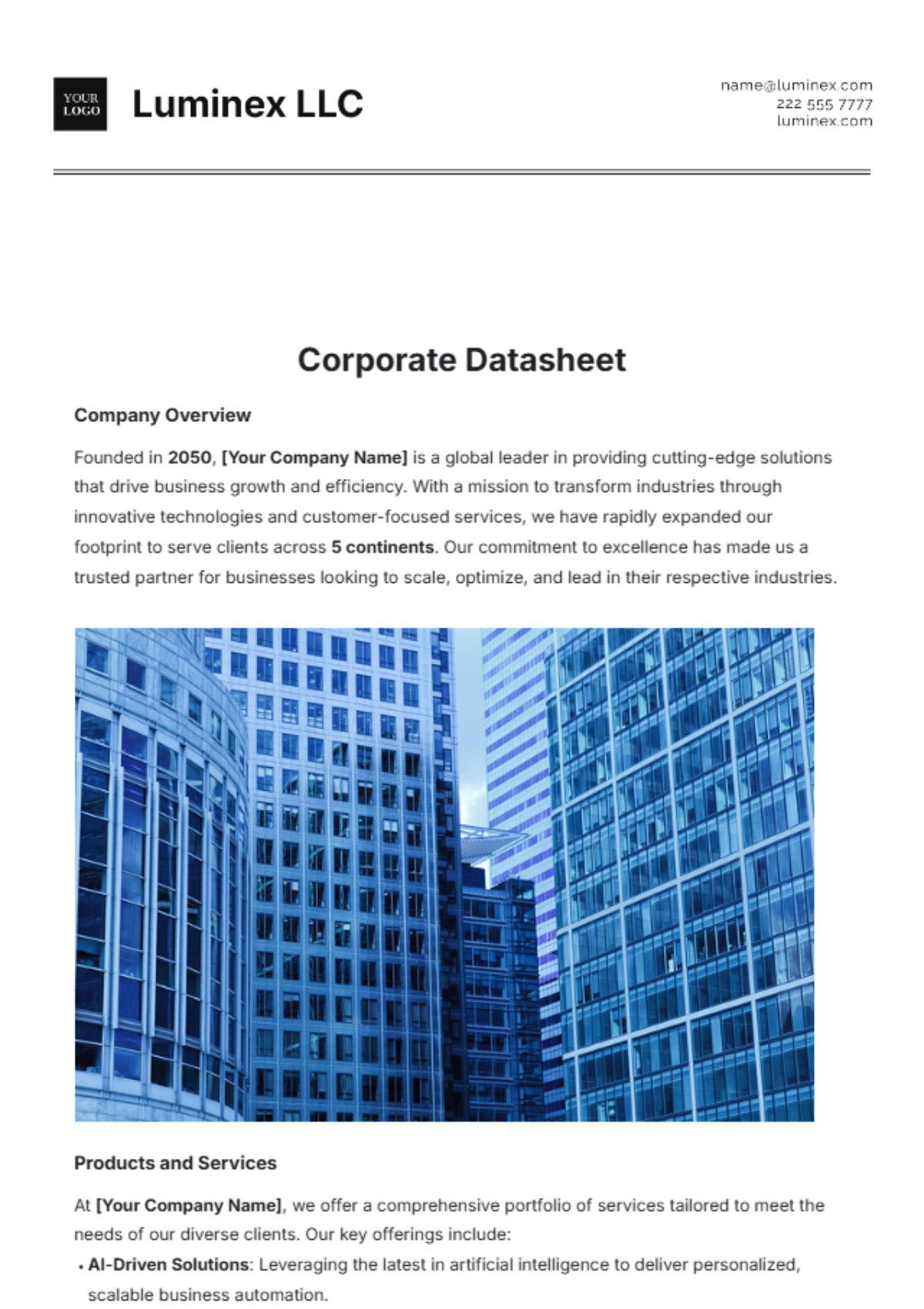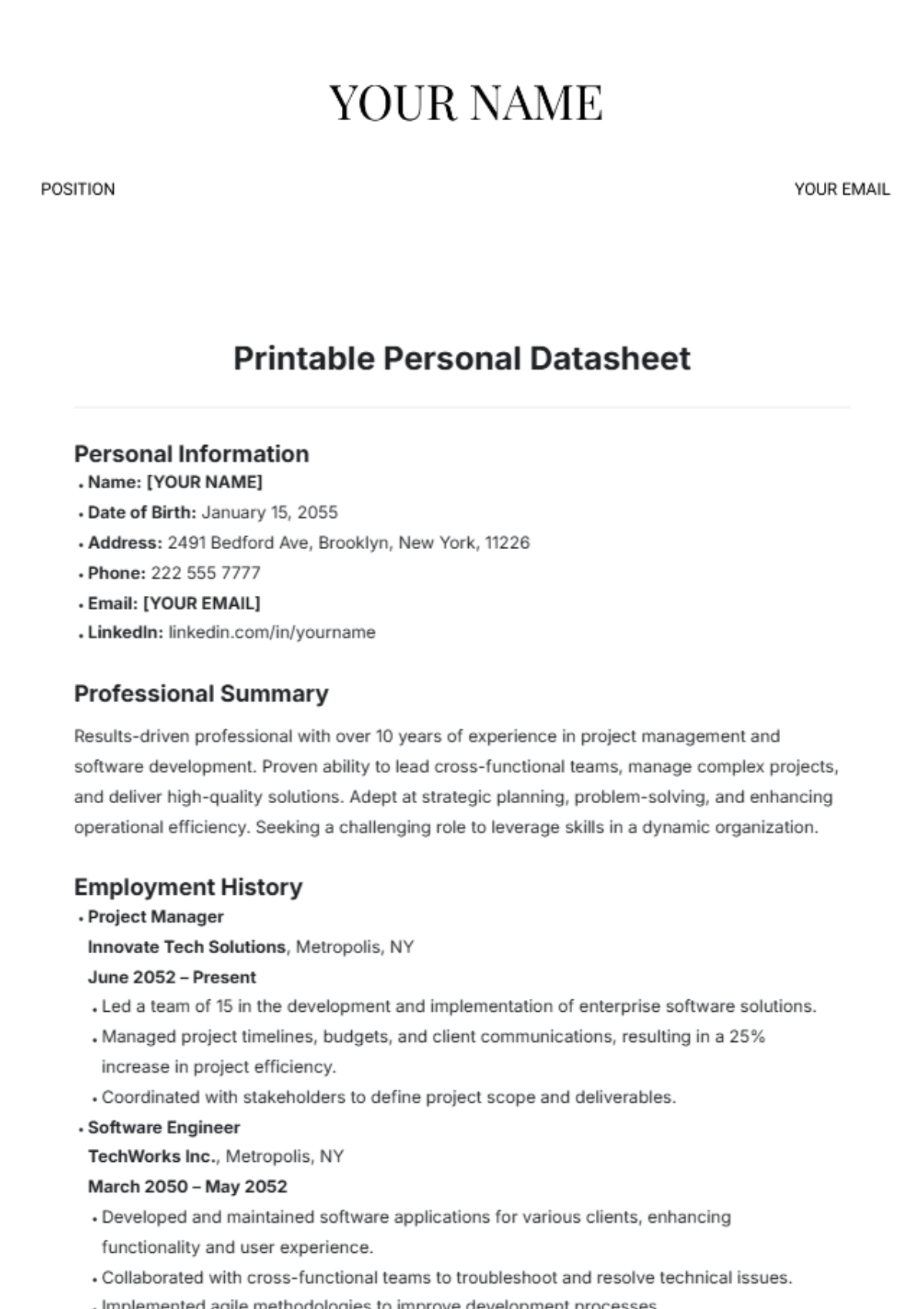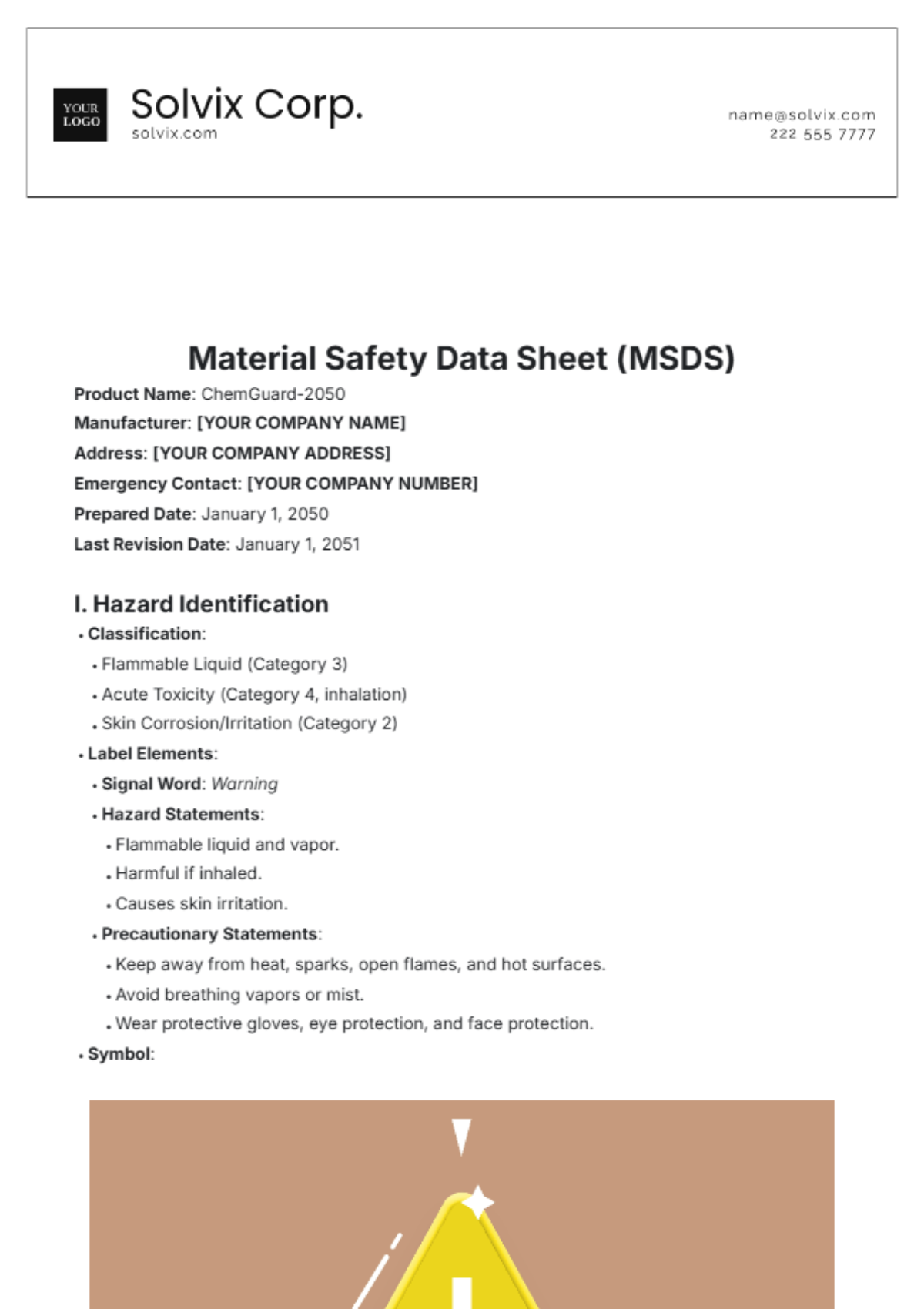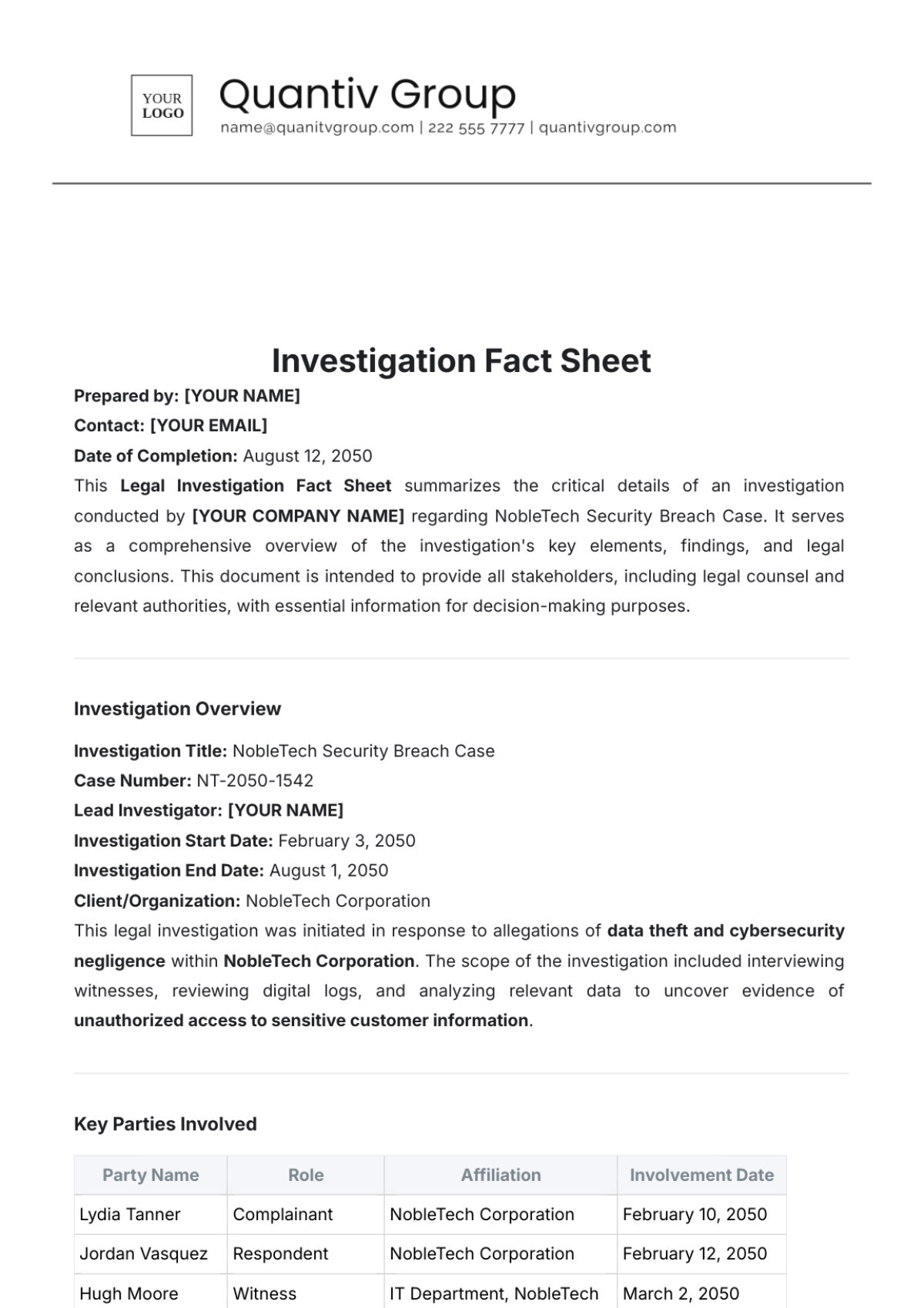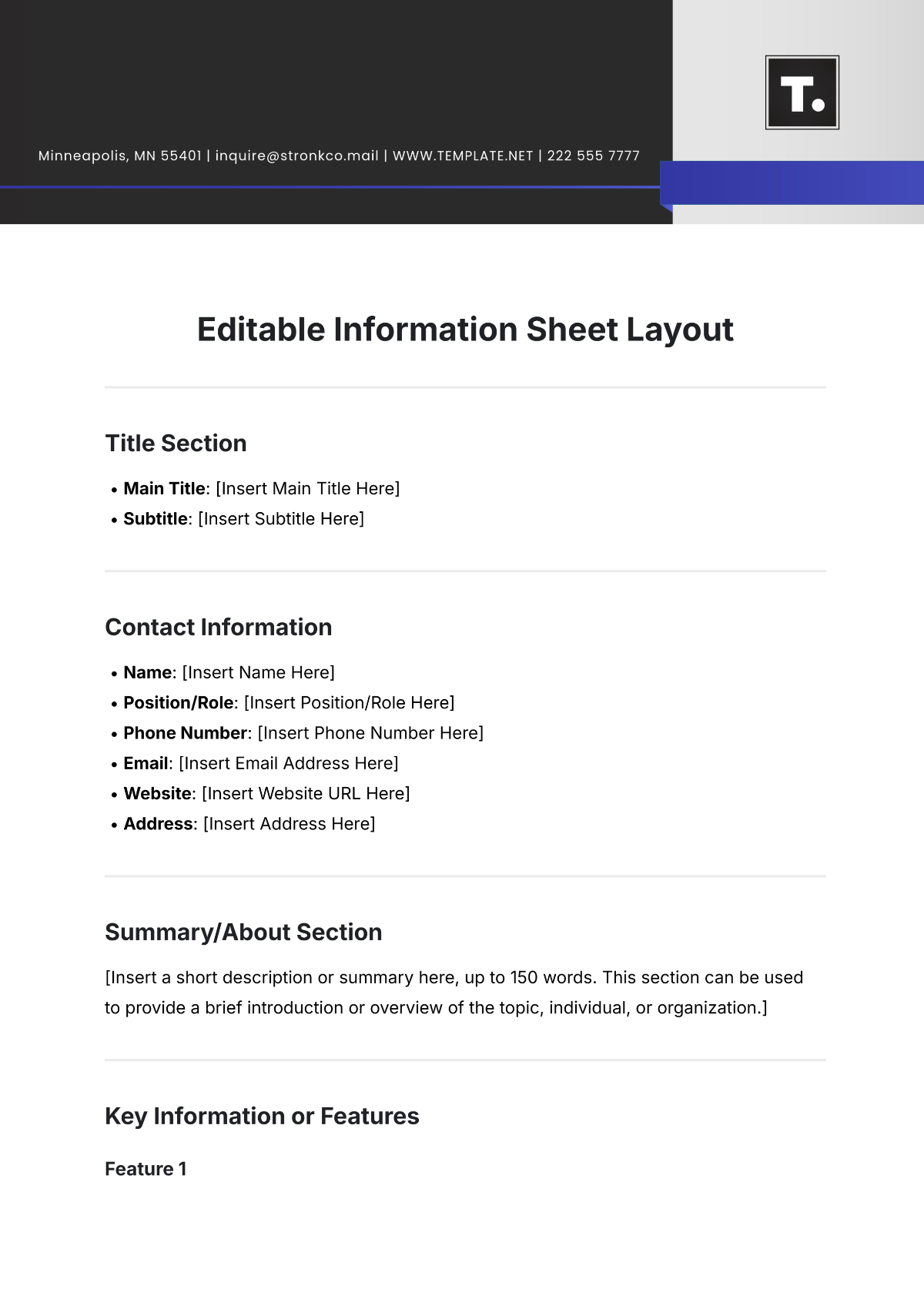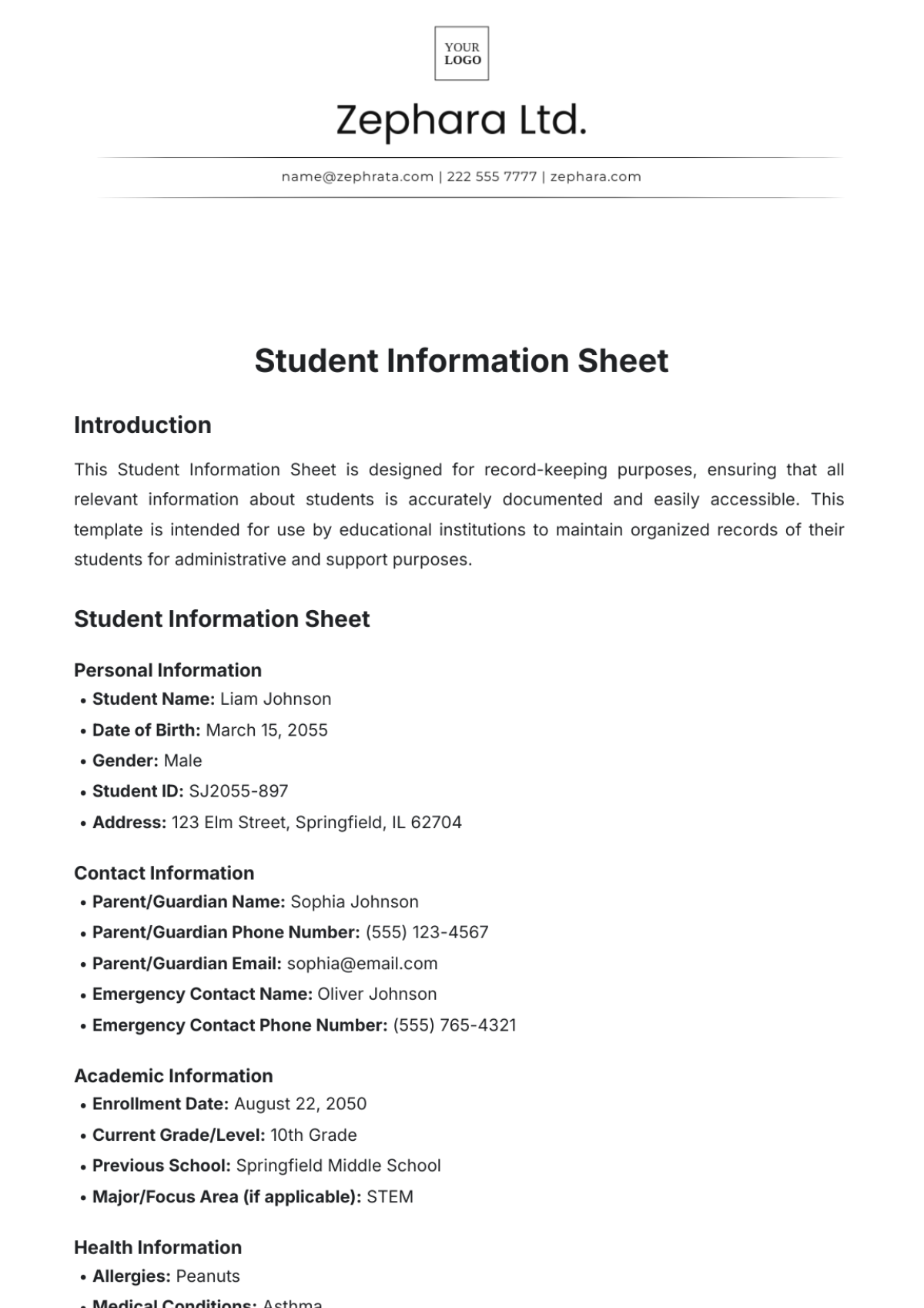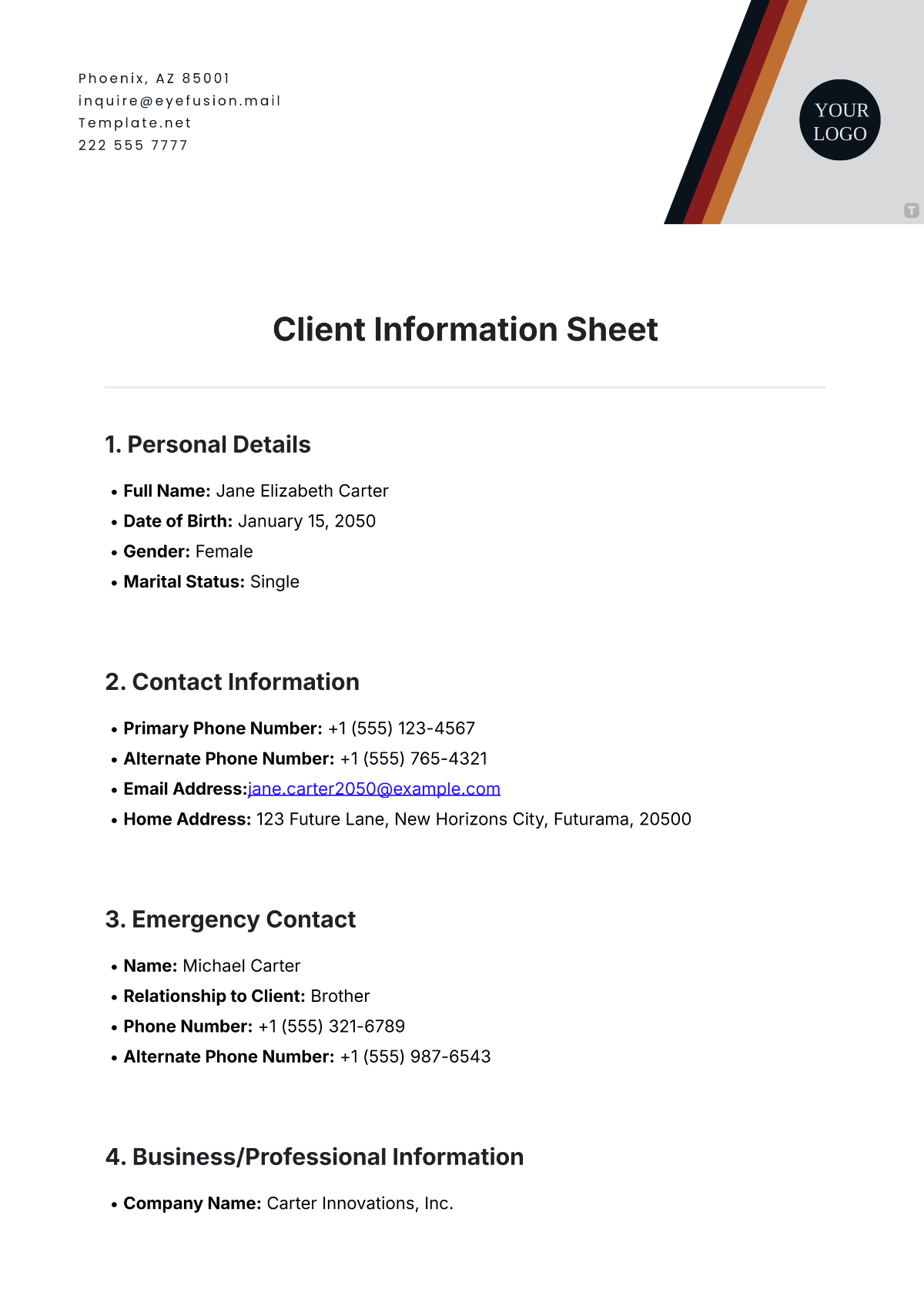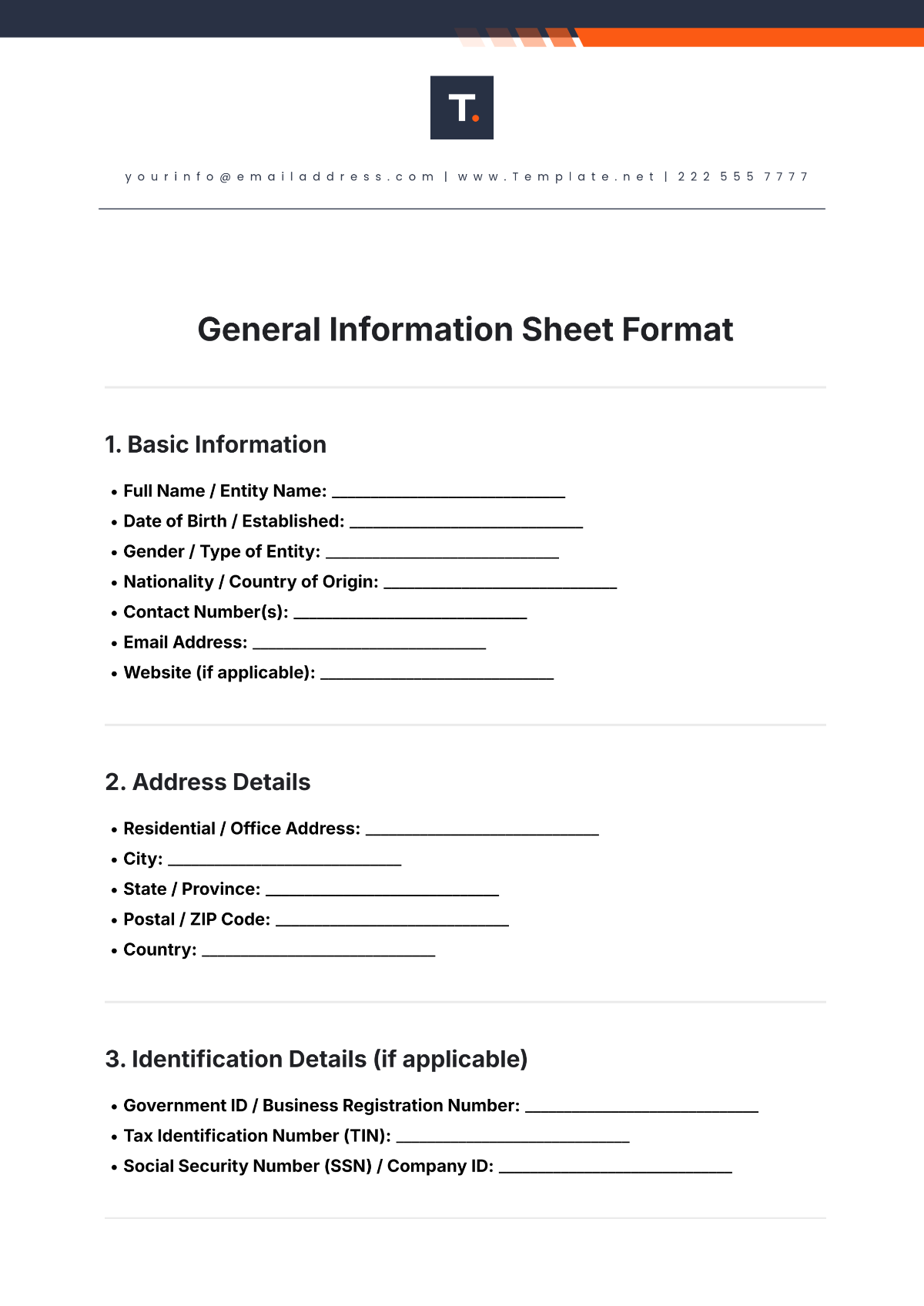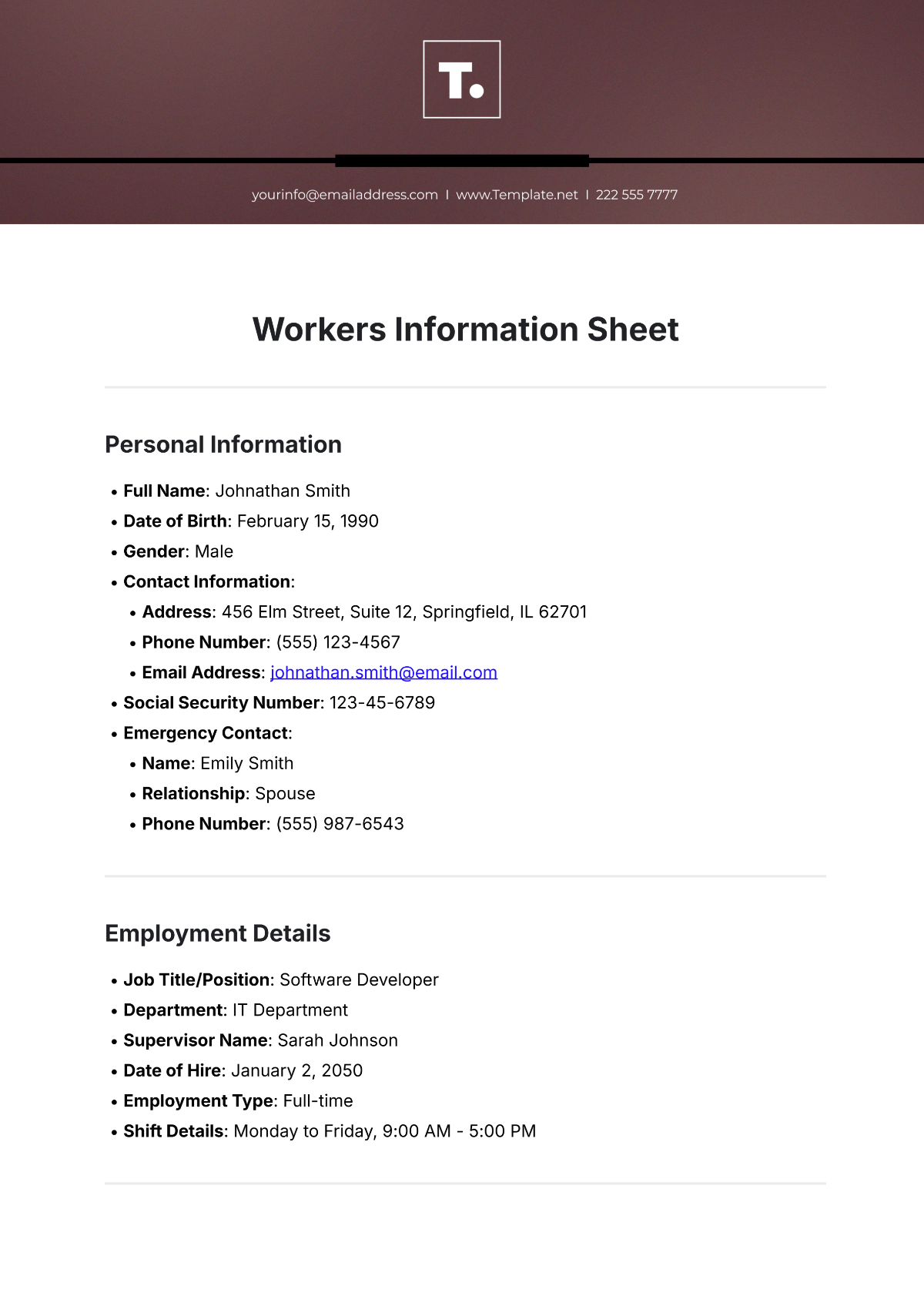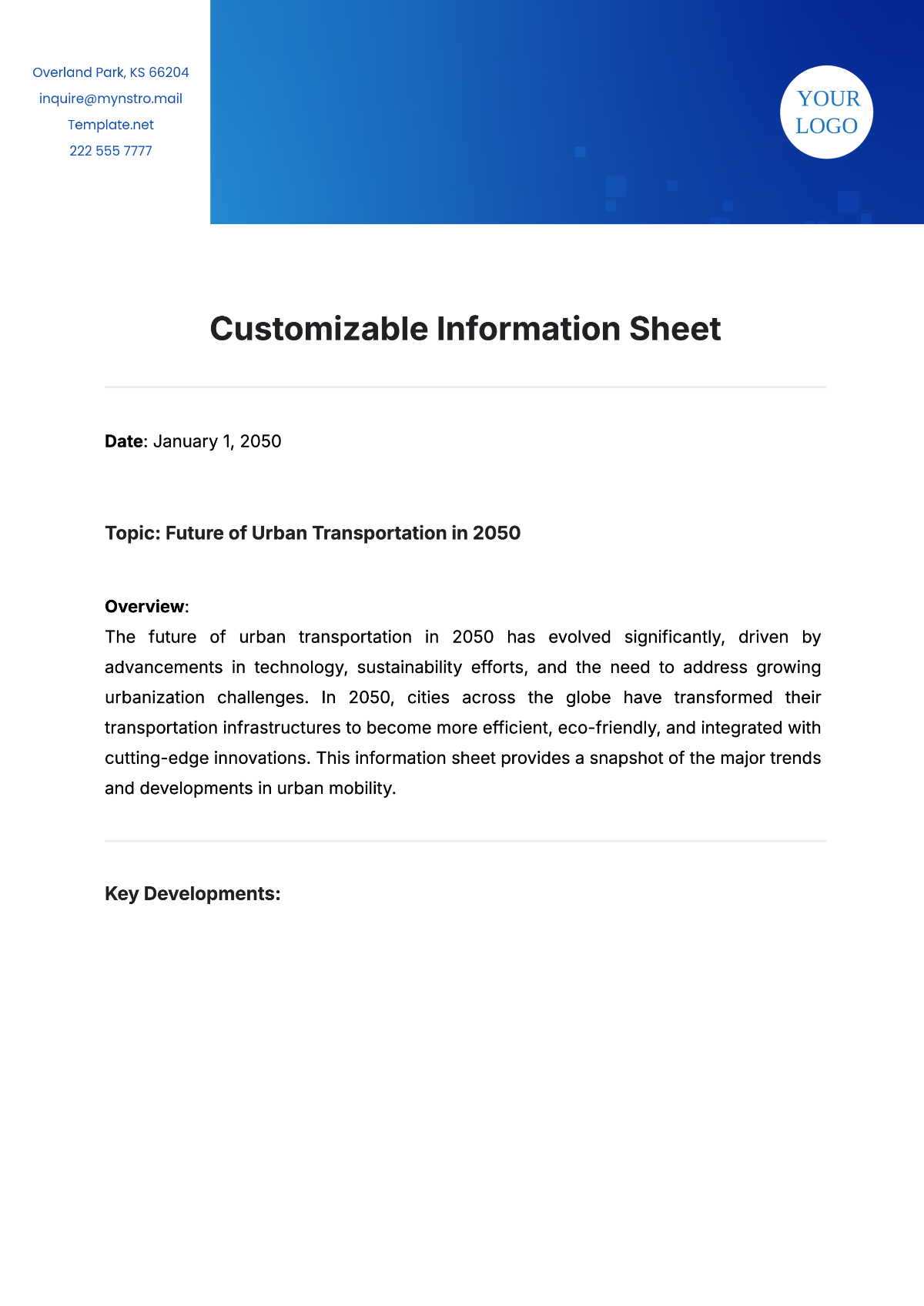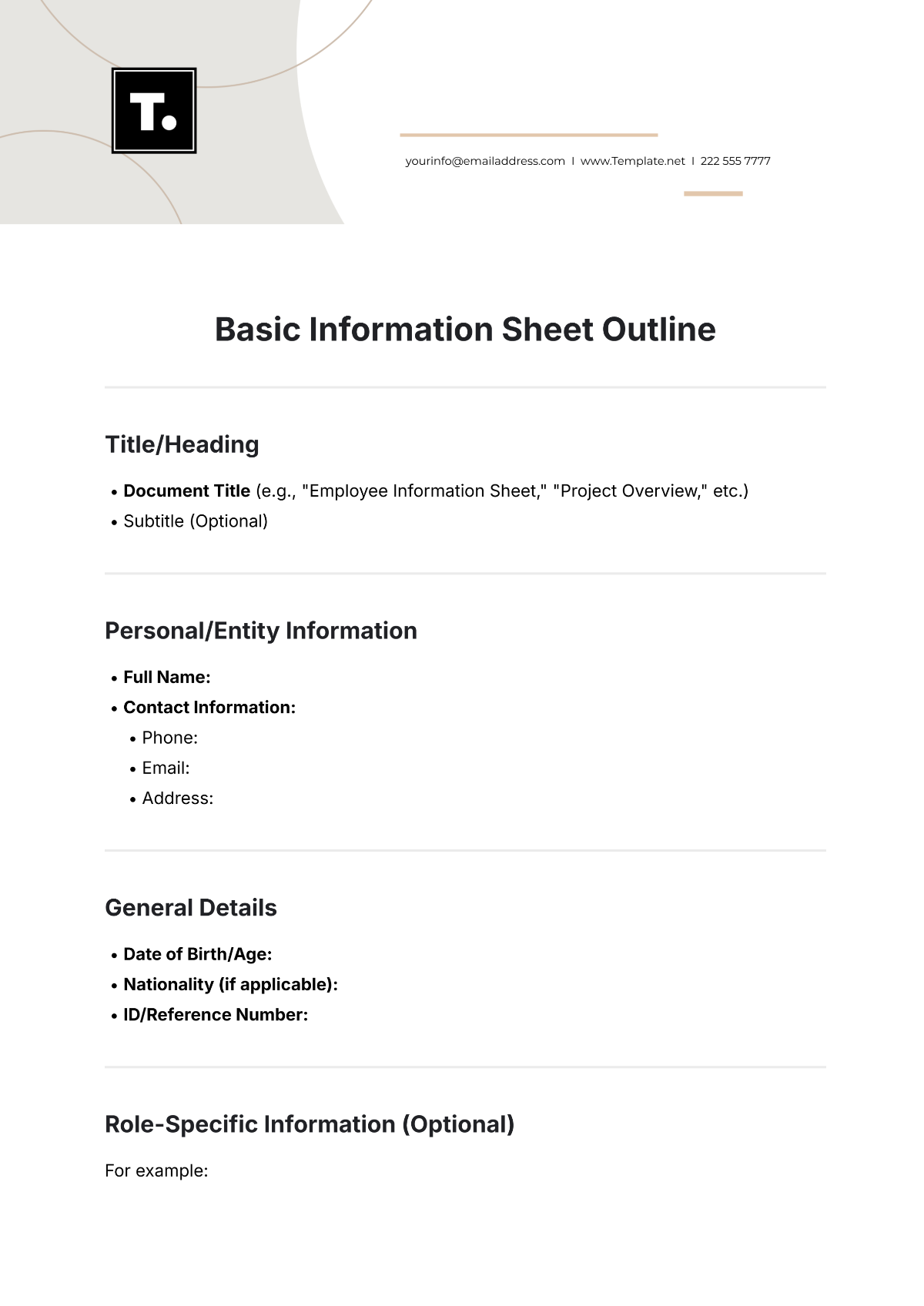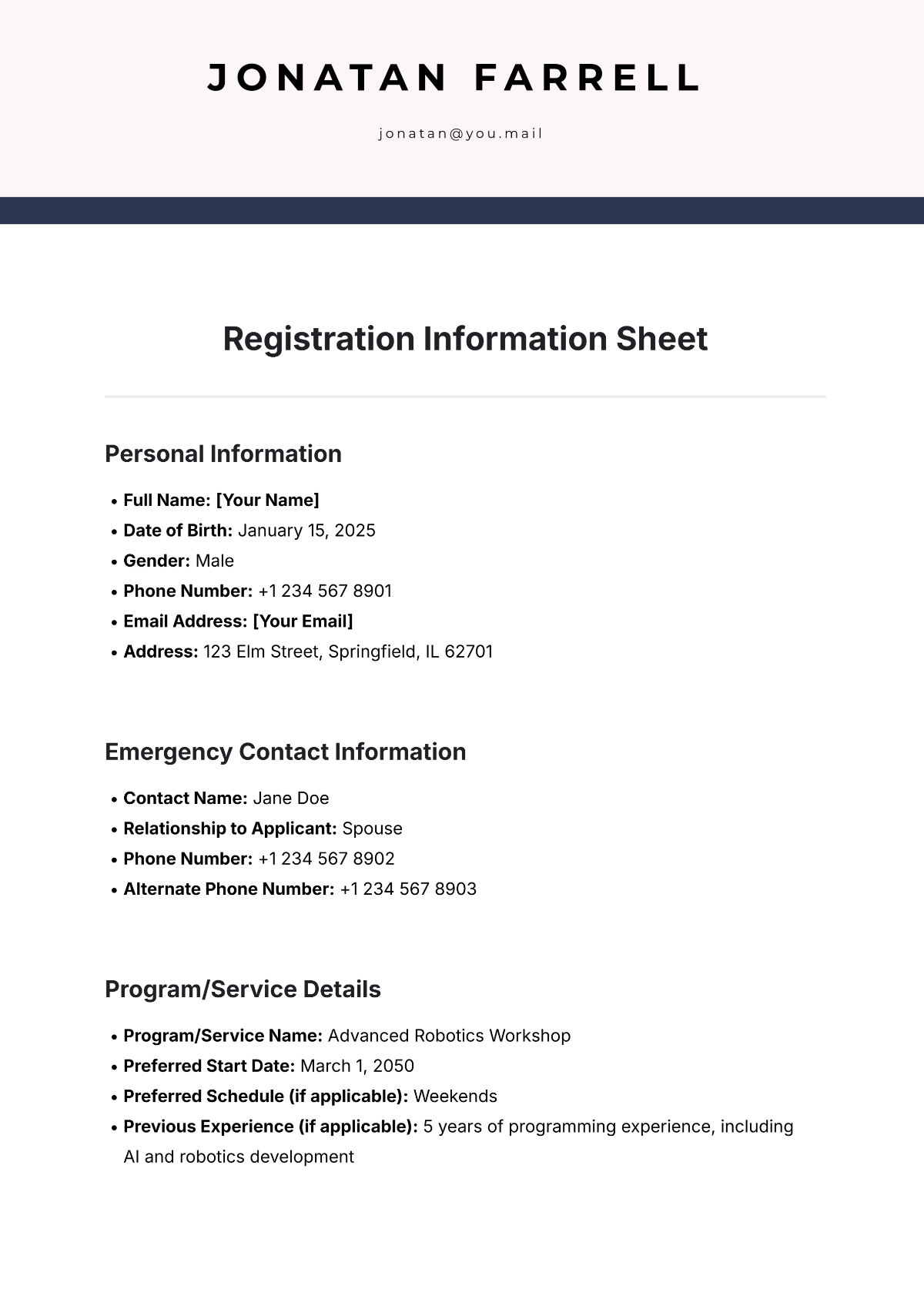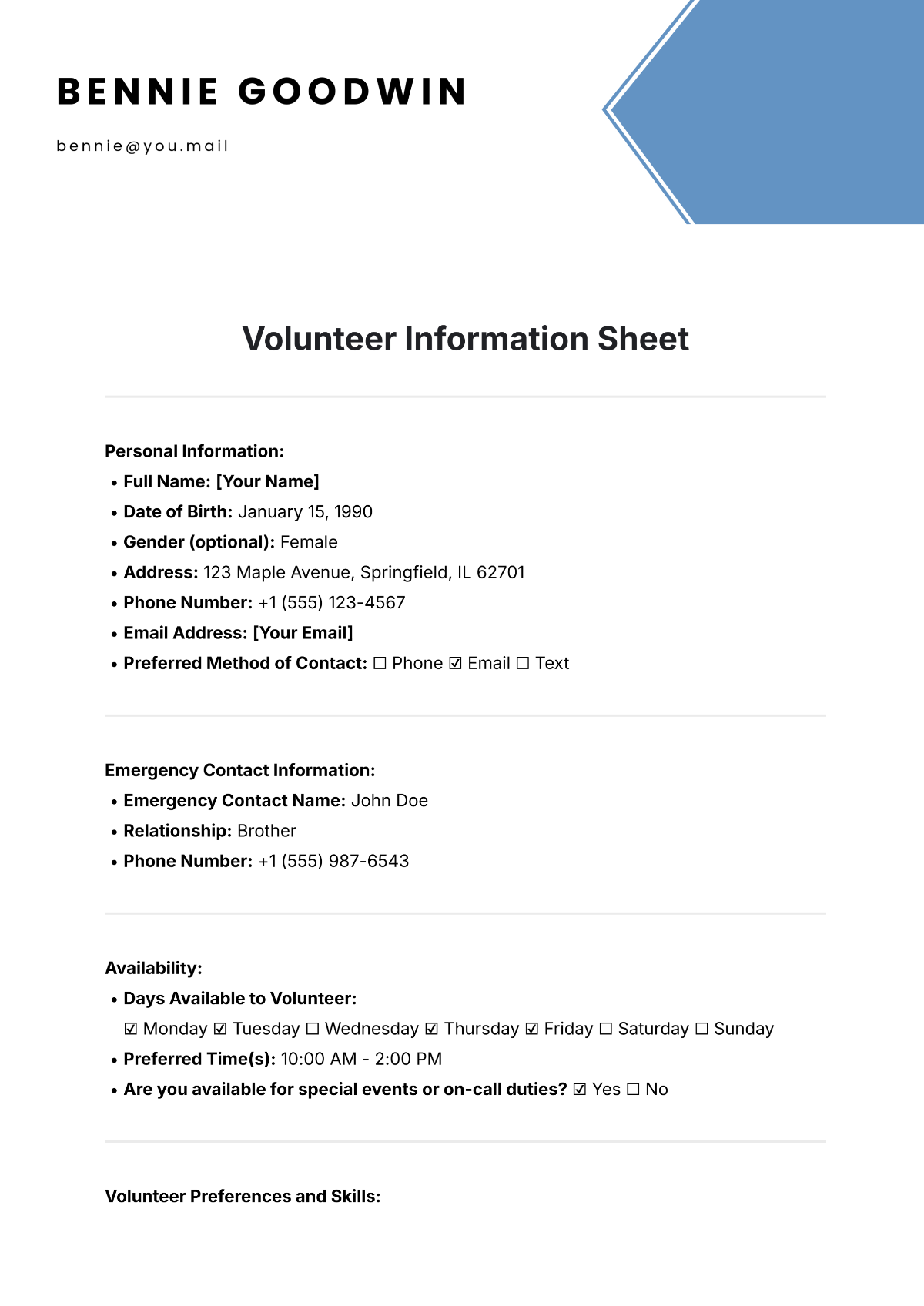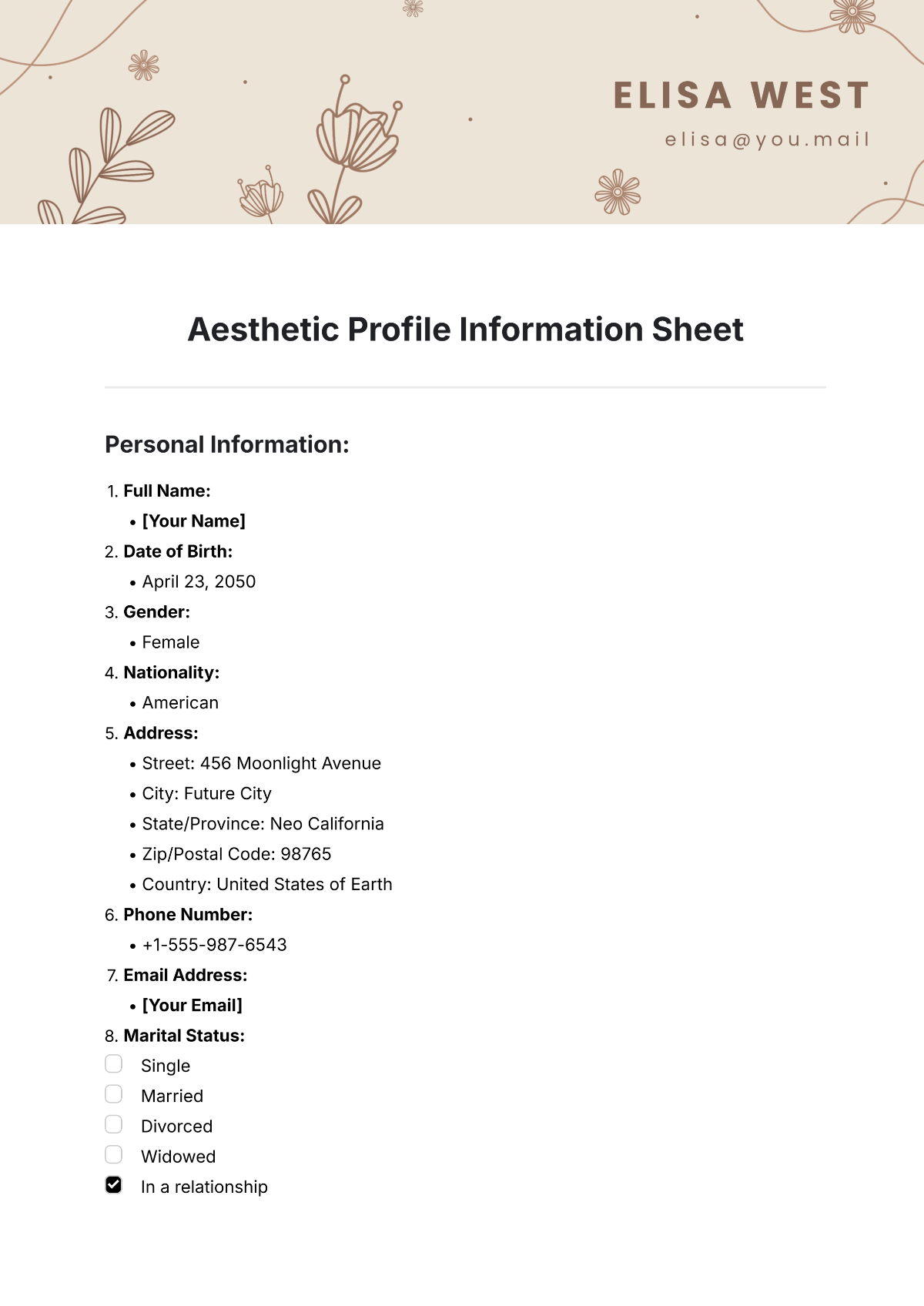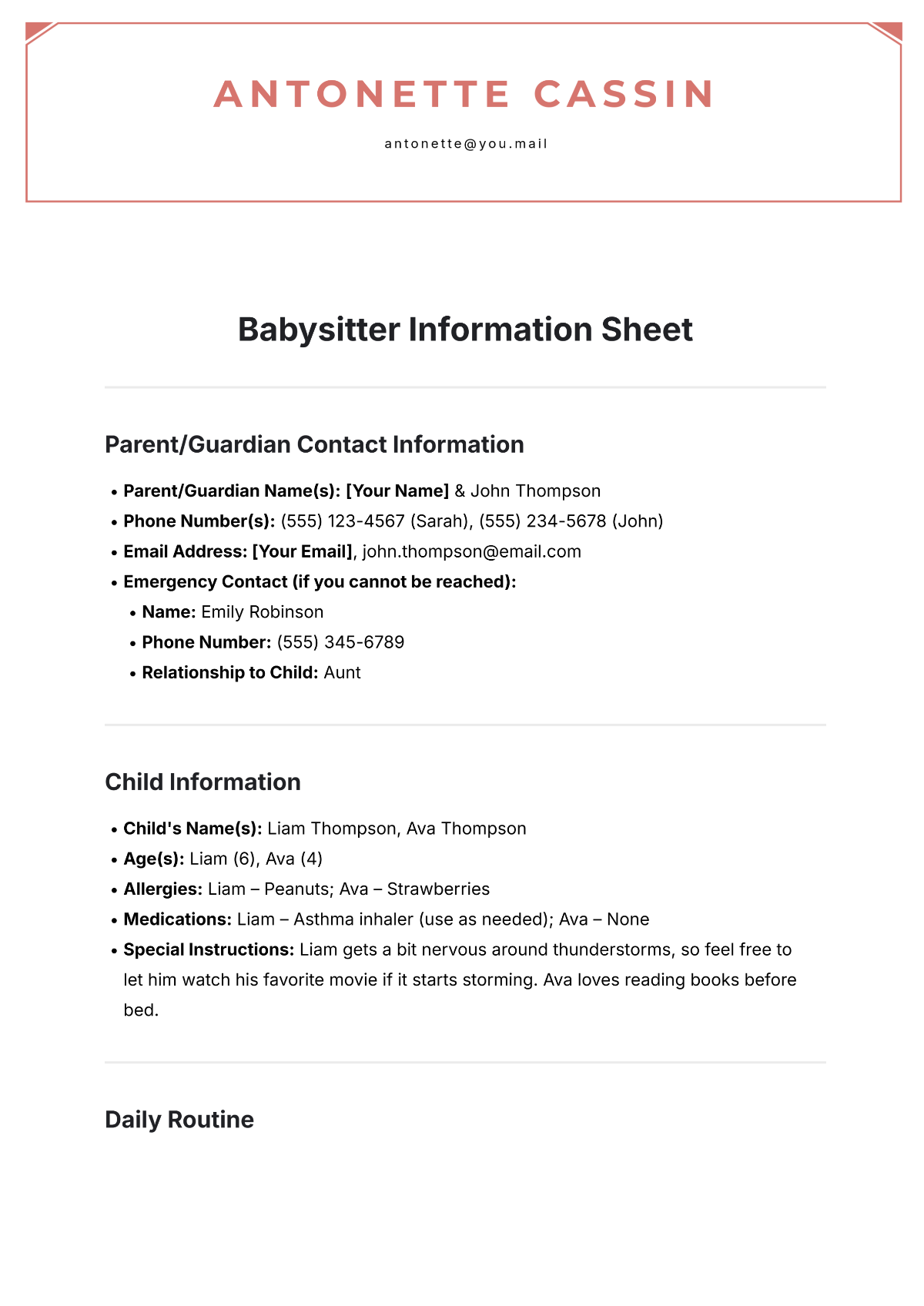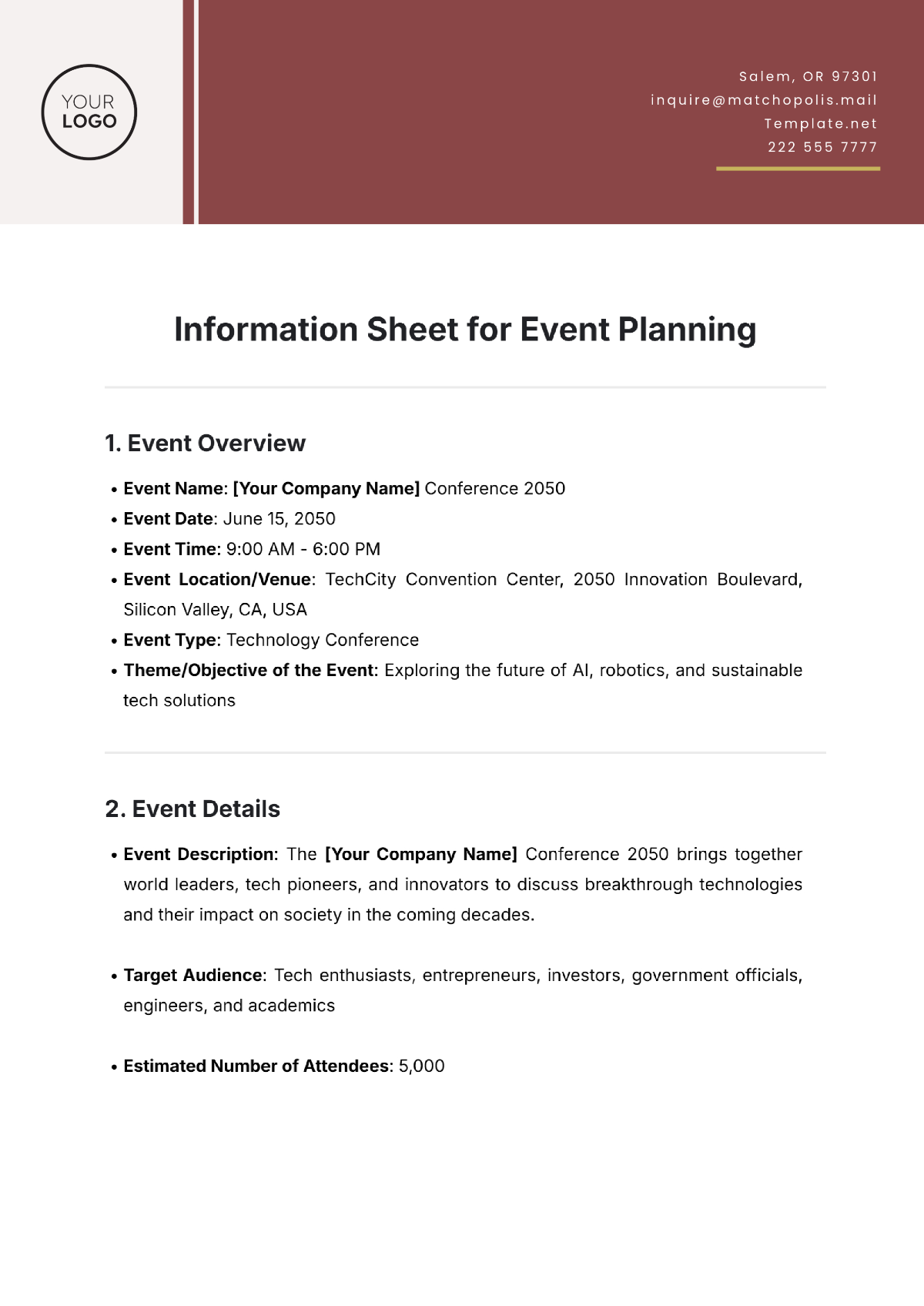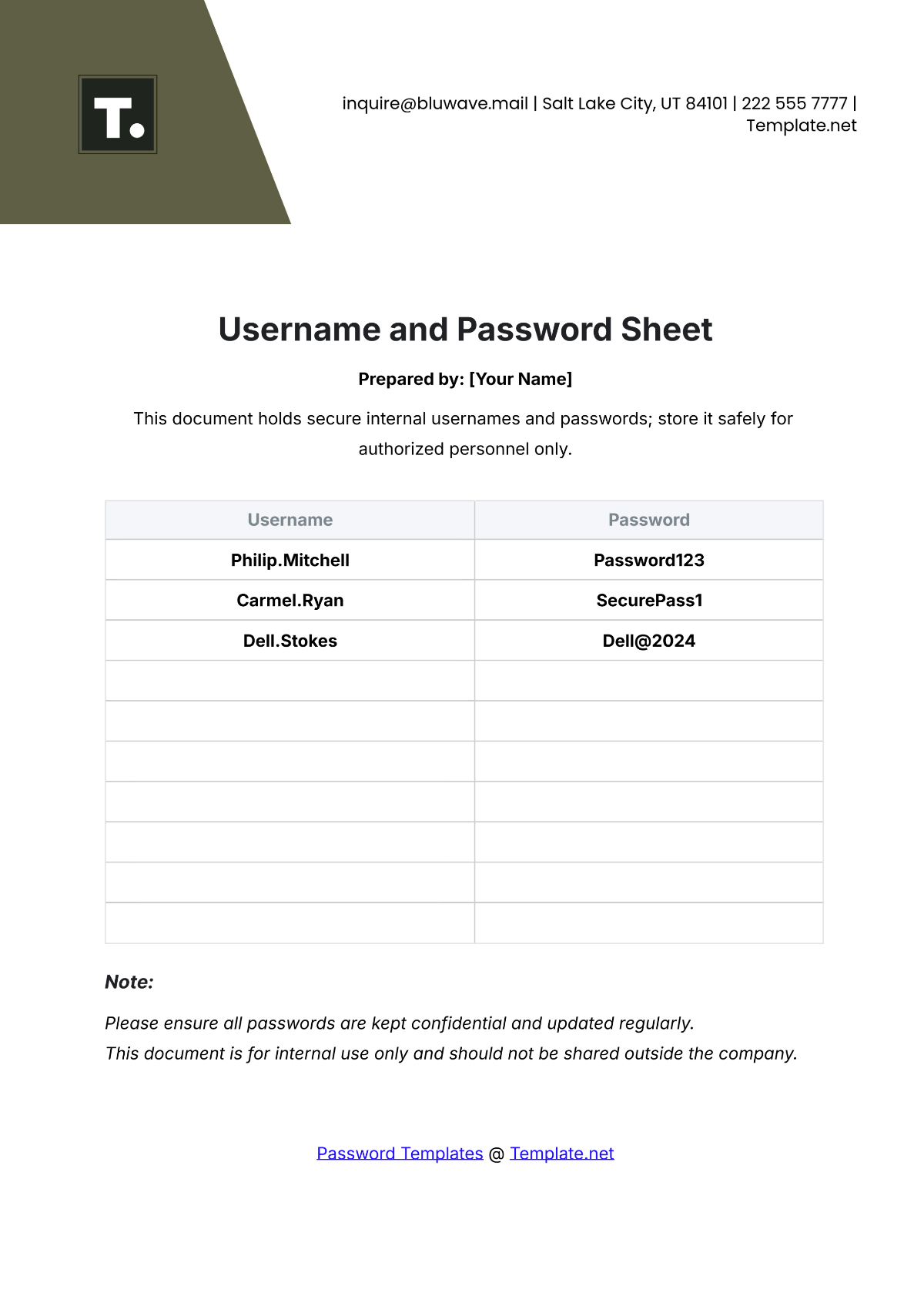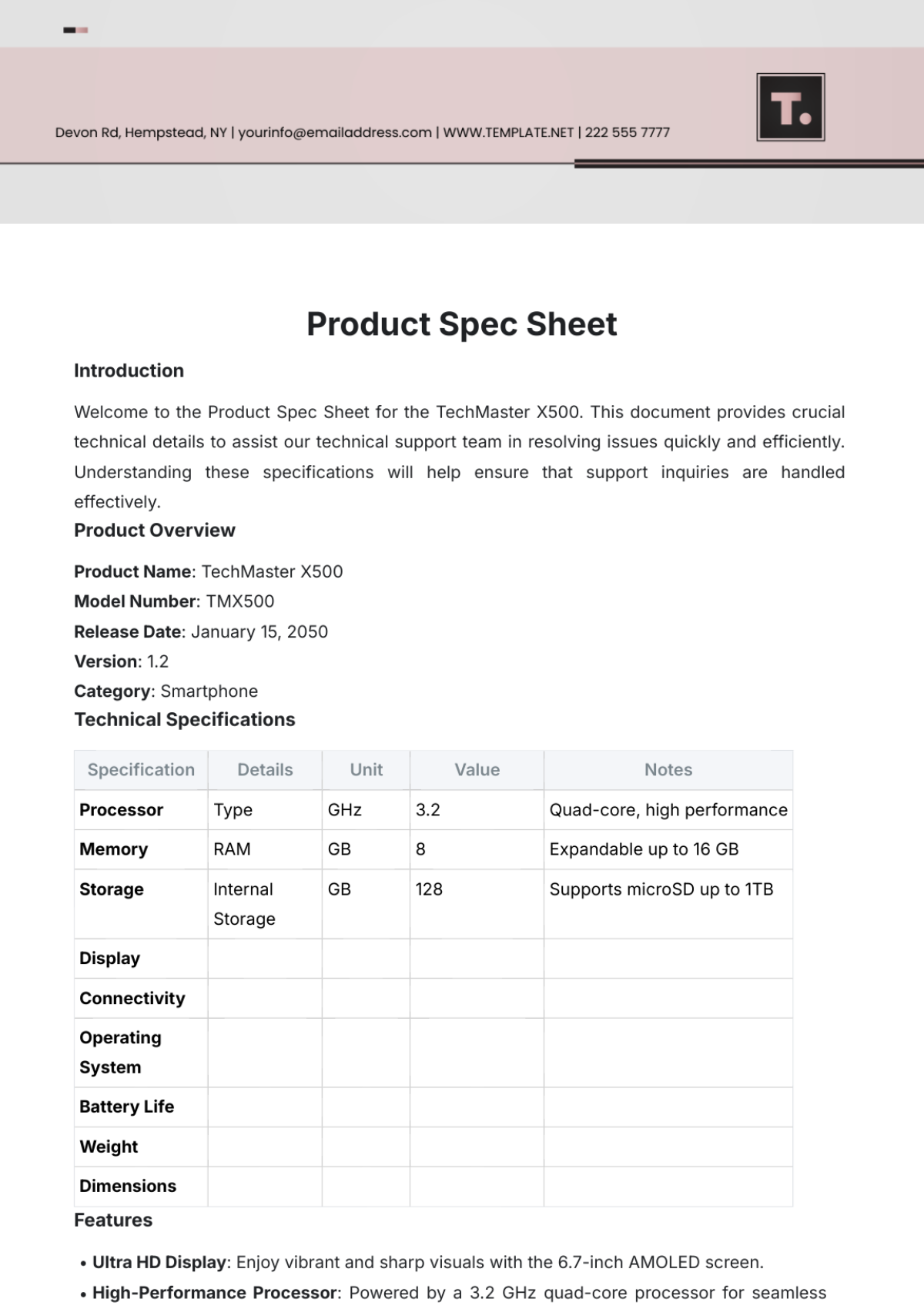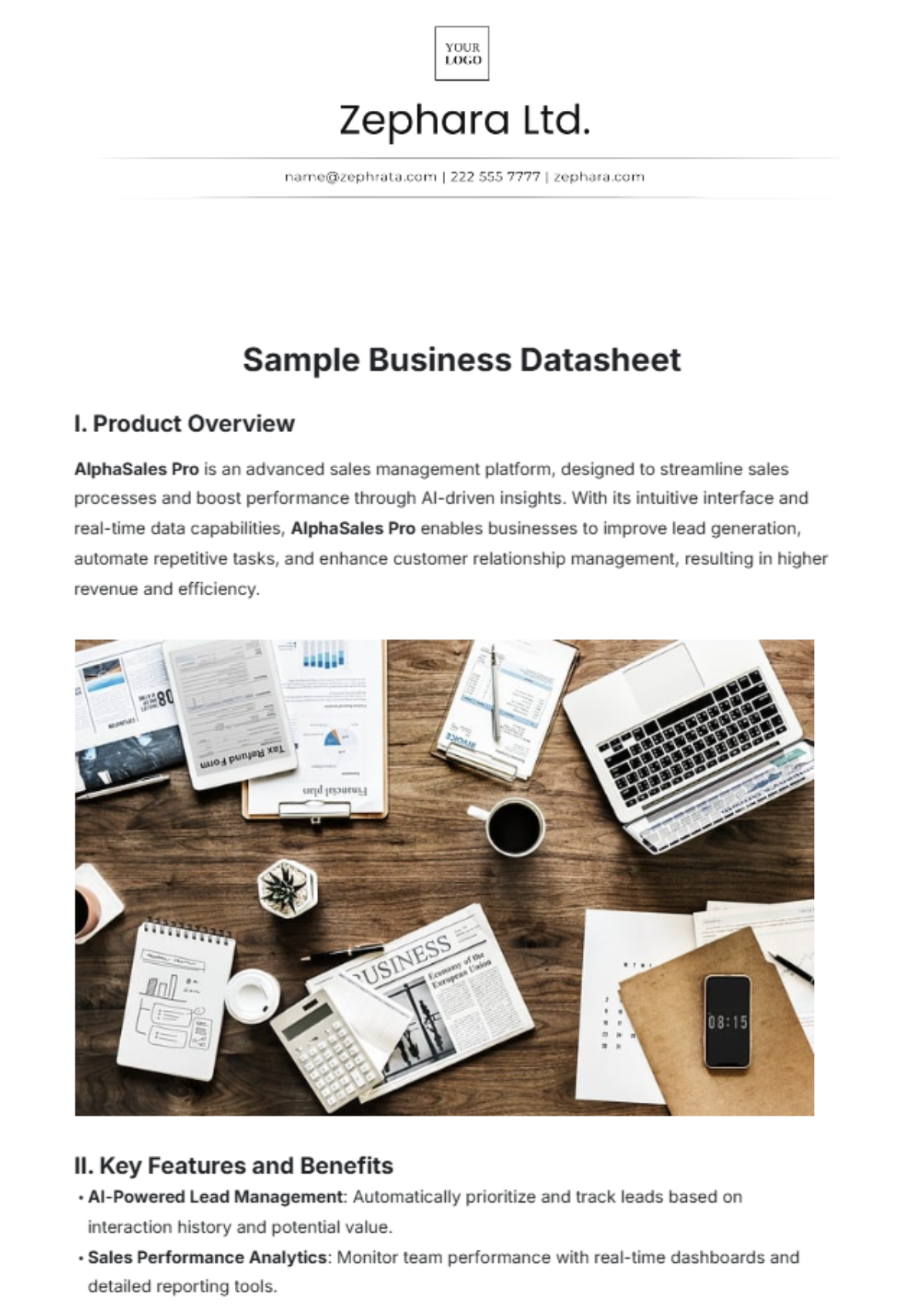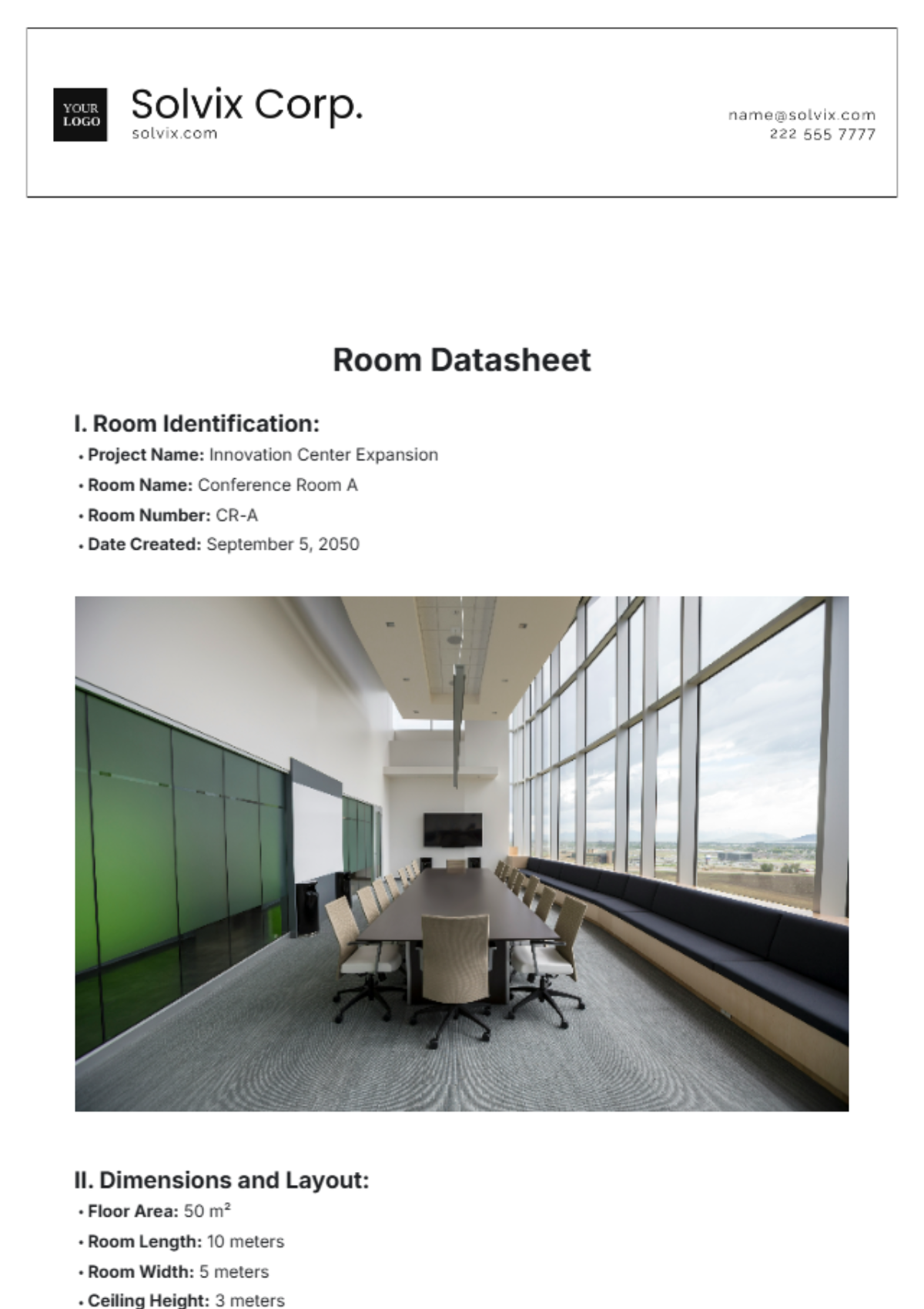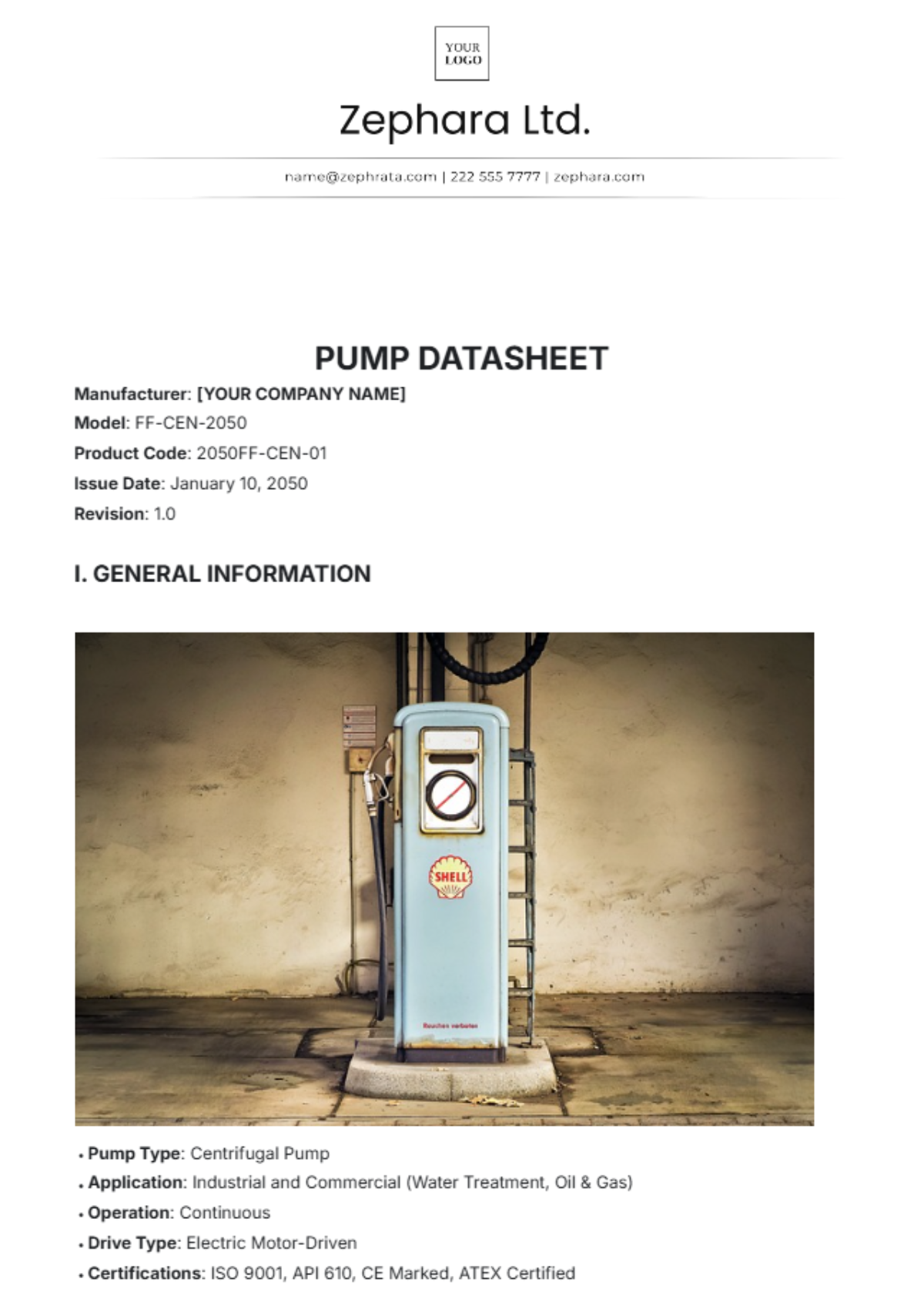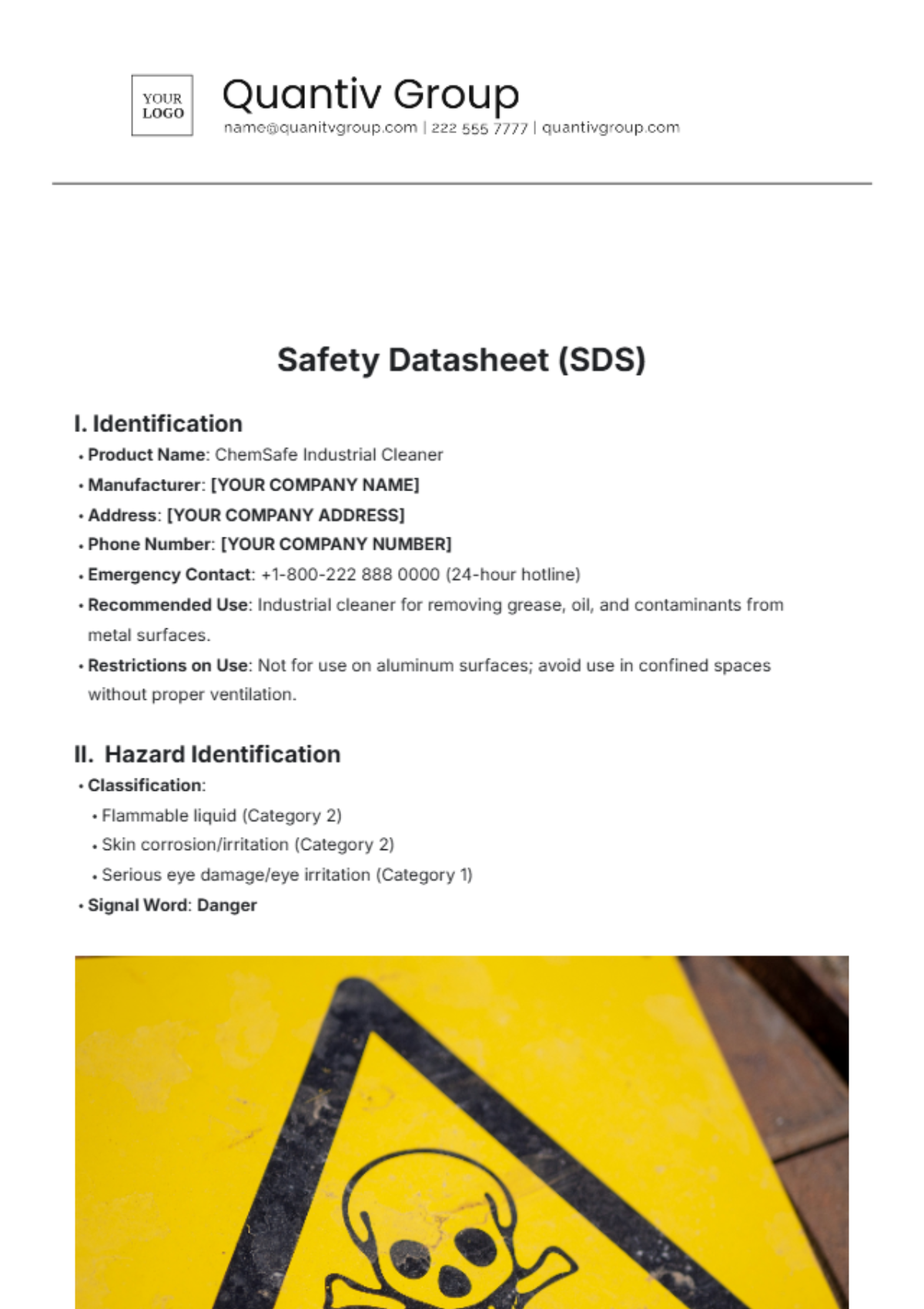ADHD FACT SHEET
[Your Company Name]
I. OVERVIEW
Definition: ADHD is a neurodevelopmental disorder characterized by inattention, hyperactivity, and impulsivity. It affects approximately 5-7% of children and 2-5% of adults worldwide.
Prevalence: It affects approximately 5-7% of children and 2-5% of adults worldwide.
Types: ADHD is classified into three subtypes: predominantly inattentive, predominantly hyperactive-impulsive, and combined type.
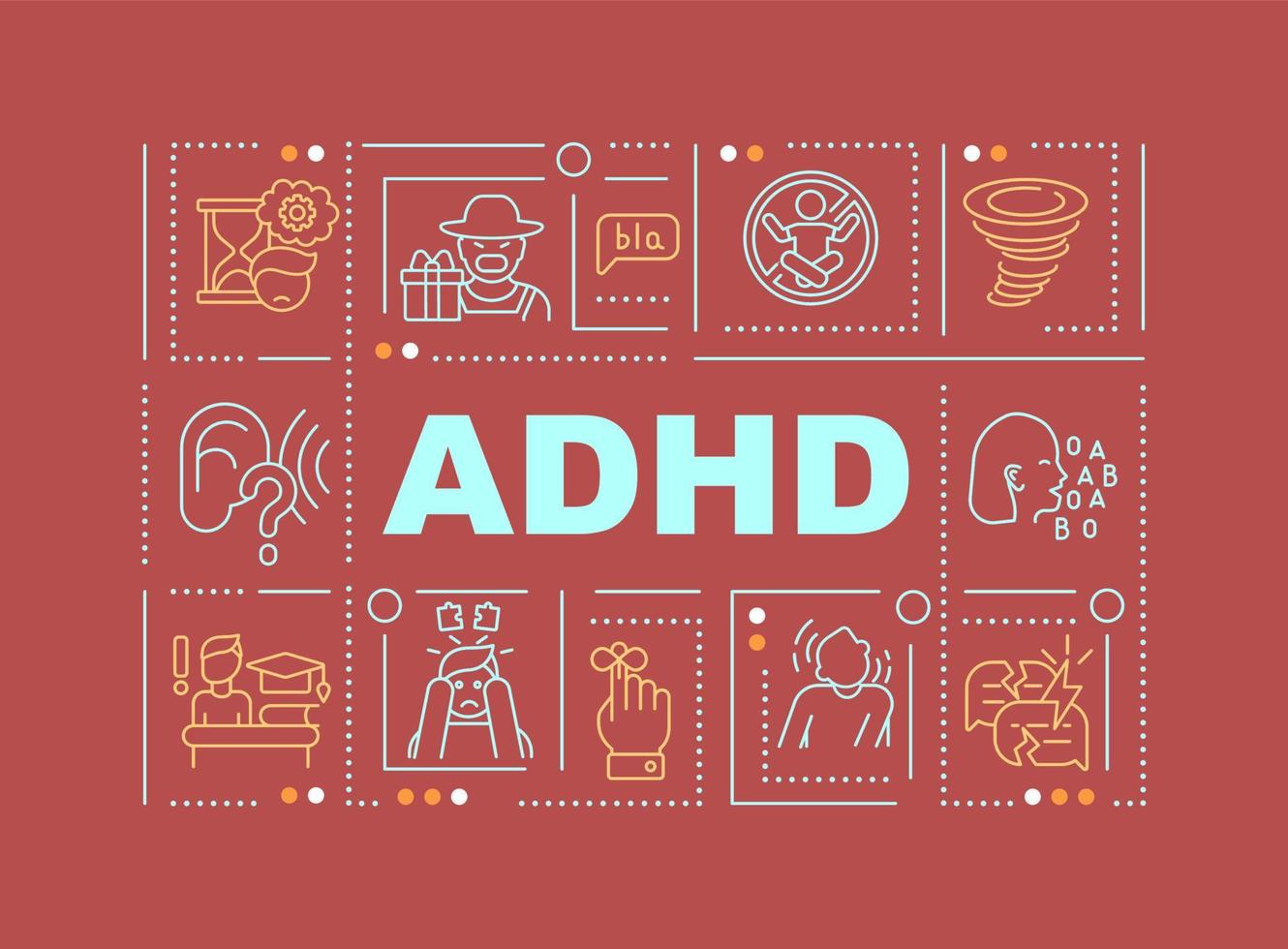
II. SYMPTOMS OF ADHD
Inattention: These symptoms manifest themselves as having difficulty sustaining attention or focus over some time, tending to get easily distracted, and having a challenge with forgetfulness regarding daily activities or tasks.
Hyperactivity: The characteristics include constantly fidgeting, having difficulty staying seated for extended periods, and talking excessively.
Impulsivity: Engaging in actions without giving them much thought beforehand, constantly interrupting others while they are talking or conveying their ideas, and experiencing difficulty in waiting for one's turn during conversations or activities.
III. DIAGNOSIS OF ADHD
Assessment: Diagnosis involves a comprehensive evaluation by a pediatrician or psychiatrist, including medical history, behavioral observations, and symptom checklist.
Criteria: Diagnosis follows the guidelines outlined in the Diagnostic and Statistical Manual of Mental Disorders (DSM-5).
Multimodal Approach: It may involve input from parents, educators, and healthcare professionals.
IV. IMPACT OF ADHD
Academic Performance: ADHD can significantly impact academic achievement due to difficulties with organization, time management, and sustained attention.
Social Functioning: Children with ADHD may experience challenges in social interactions and peer relationships, leading to feelings of isolation.
Emotional Well-being: Untreated ADHD can lead to low self-esteem, anxiety, and depression, highlighting the importance of early intervention.
V. MANAGEMENT STRATEGIES
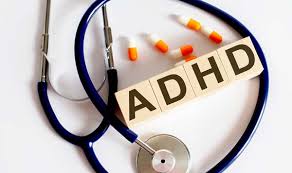
A. Behavioral Interventions
Parent Training: The Company offers workshops on behavior management techniques for parents of children with ADHD, focusing on positive reinforcement and consistent discipline.
School Support: Collaborate with teachers to implement classroom accommodations and behavioral interventions, such as preferential seating and frequent breaks.
Routine and Structure: Establish consistent routines and clear expectations at home and school to provide a sense of stability for children with ADHD.
B. Medication
Stimulant Medications: The company provides information on the benefits and risks of stimulant medications such as methylphenidate (Ritalin) and amphetamine salts (Adderall), which can help improve focus and impulse control.
Non-Stimulant Medications: Discuss alternative medications with a pediatrician or psychiatrist if stimulants are not suitable, such as atomoxetine (Strattera) or guanfacine (Intuniv).
C. Psychotherapy
Cognitive-Behavioral Therapy (CBT): The company offers CBT sessions to help individuals develop coping strategies for managing ADHD symptoms, including relaxation techniques and cognitive restructuring.
Parent-Child Interaction Therapy (PCIT): A specialized therapy focusing on improving parent-child relationships and behavior management skills, enhancing communication, and reducing conflicts.
VI. EDUCATIONAL SUPPORT
Individualized Education Program (IEP): Work with school professionals to develop an IEP tailored to the child's specific needs and accommodations, such as extended time on tests or reduced homework load.
504 Plan: Explore options for a 504 plan if the child requires accommodations but does not qualify for an IEP, ensuring access to necessary support services and modifications.

VII. TIPS FOR PARENTS AND EDUCATORS
Consistency: Maintain consistent routines and expectations across home and school environments to provide a structured environment for children with ADHD.
Positive Reinforcement: Use praise and rewards to encourage desired behaviors, reinforcing progress and fostering self-esteem.
Communication: Foster open communication between parents, educators, and healthcare professionals to ensure a collaborative approach to managing ADHD and addressing any concerns promptly.
VIII. RESOURCES
Support Groups: Connect with local support groups for parents and individuals with ADHD, providing opportunities for networking and sharing experiences.
Online Resources: Explore reputable websites such as [Your Company Name] for educational materials, webinars, and community forums, offering valuable information and support for families affected by ADHD.
IX. FUTURE OUTLOOK
Early Intervention: Early identification and intervention can improve long-term outcomes for individuals with ADHD, emphasizing the importance of timely diagnosis and appropriate treatment.
Lifelong Management: ADHD is a chronic condition, but with effective management strategies, individuals can lead fulfilling lives, highlighting the importance of ongoing support and adaptation as needs change over time.
X. CONCLUSION
Collaborative Approach: Managing ADHD requires collaboration between parents, educators, healthcare professionals, and the individual themselves, emphasizing the importance of working together to support optimal outcomes.
Empowerment: By understanding ADHD and implementing appropriate strategies, individuals can thrive despite the challenges posed by the disorder, empowering them to reach their full potential and lead fulfilling lives.
